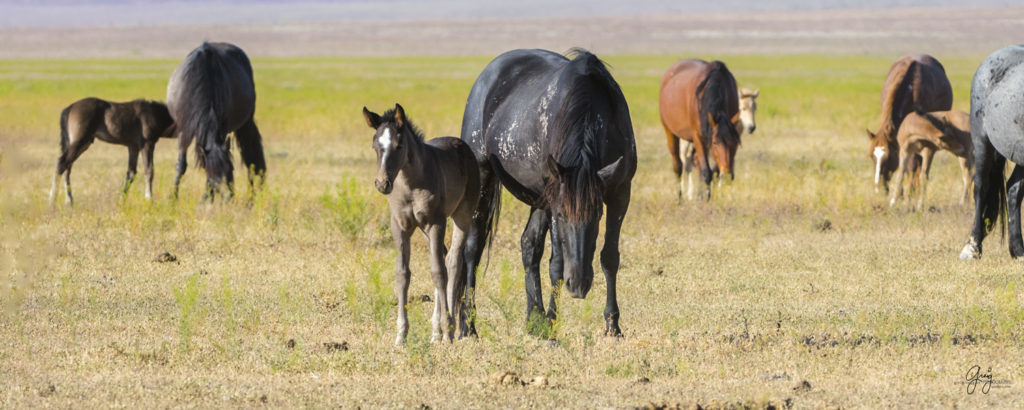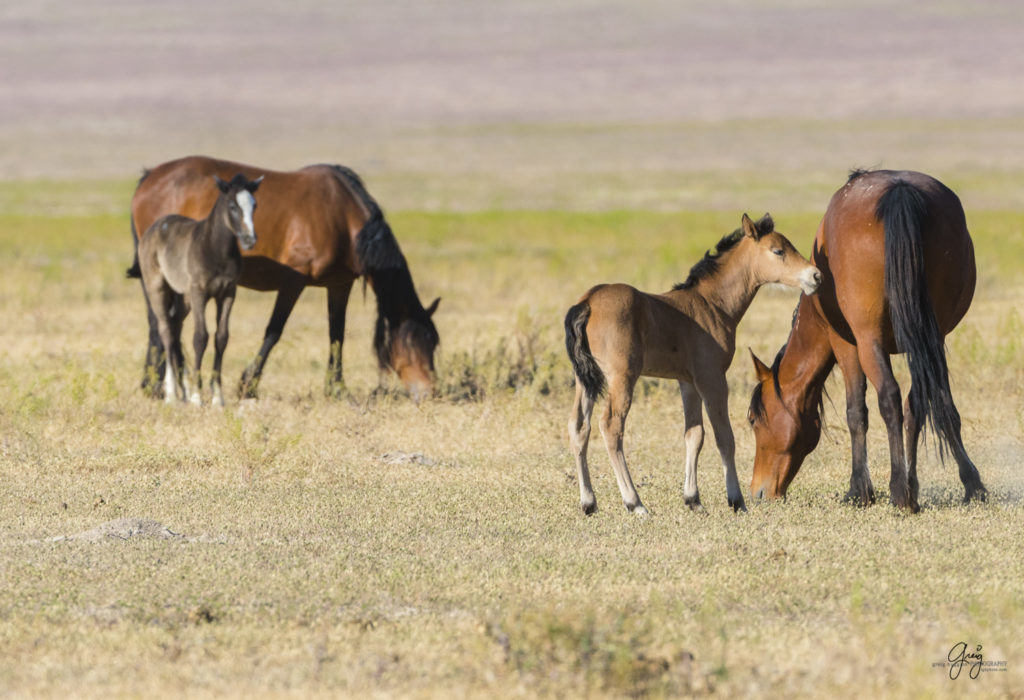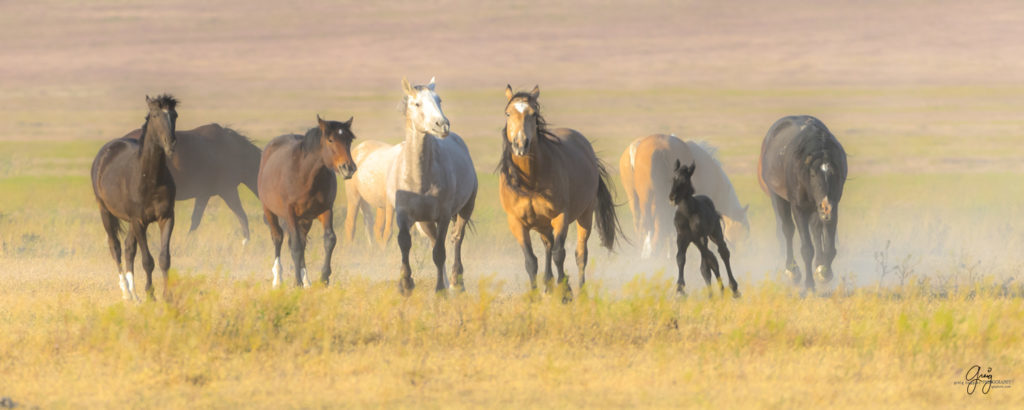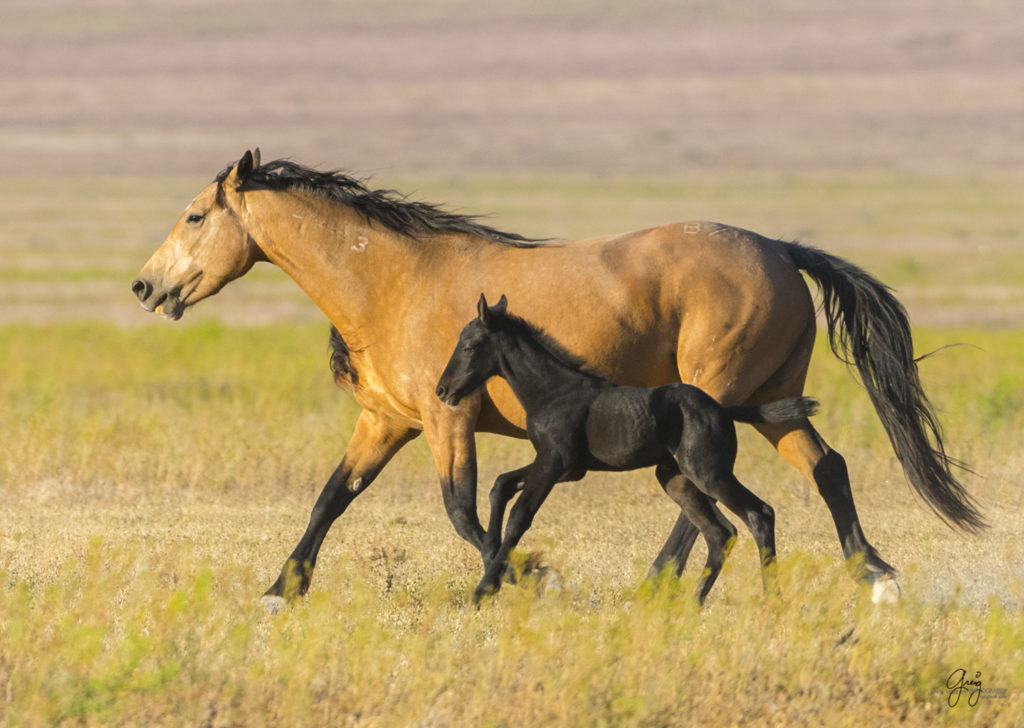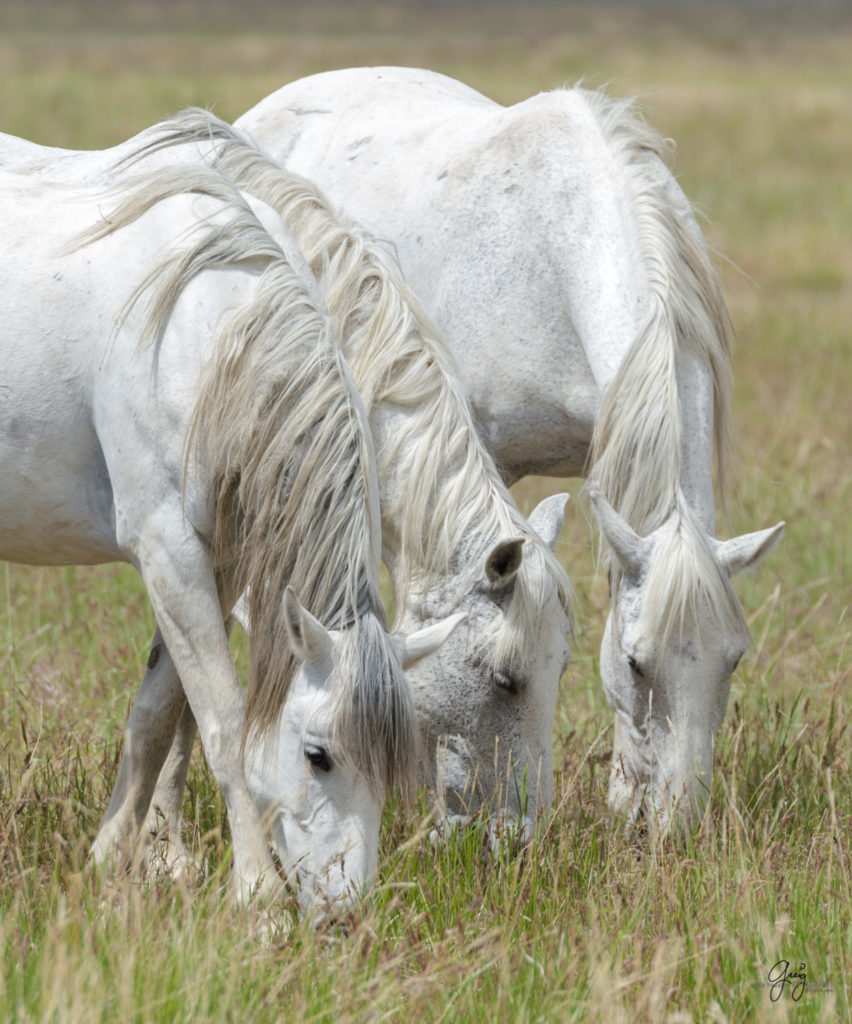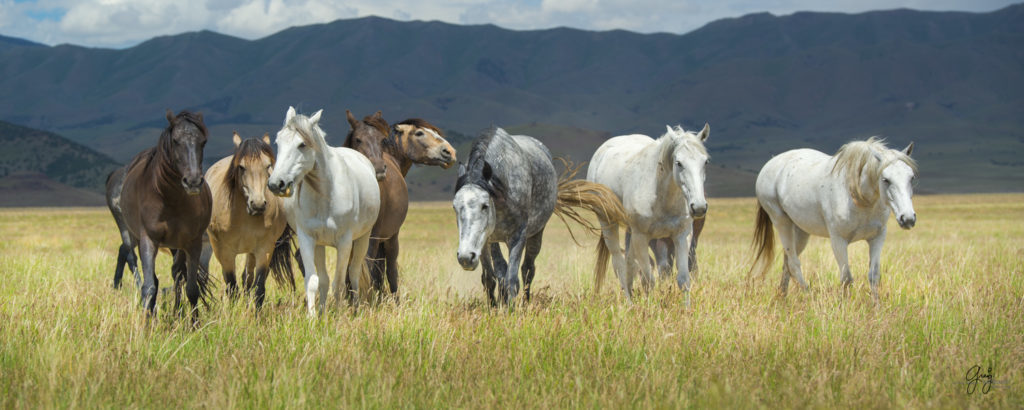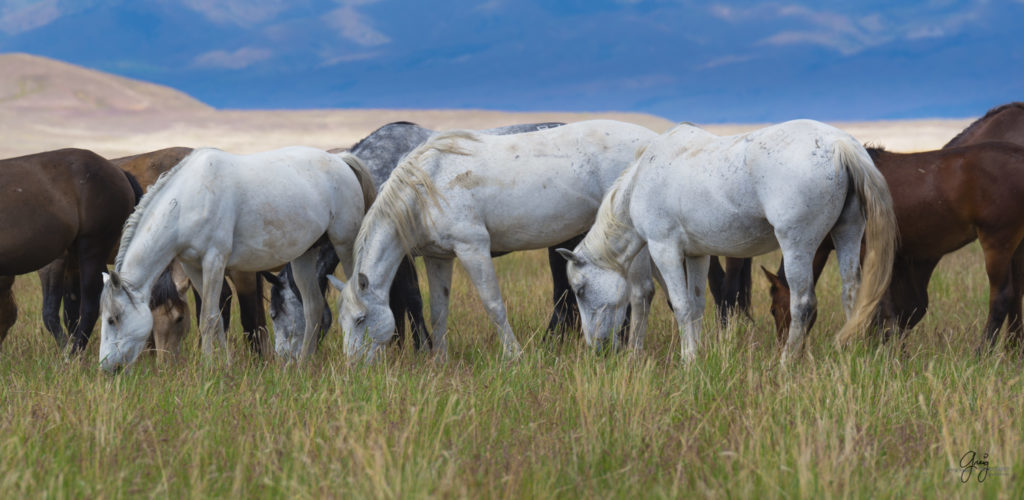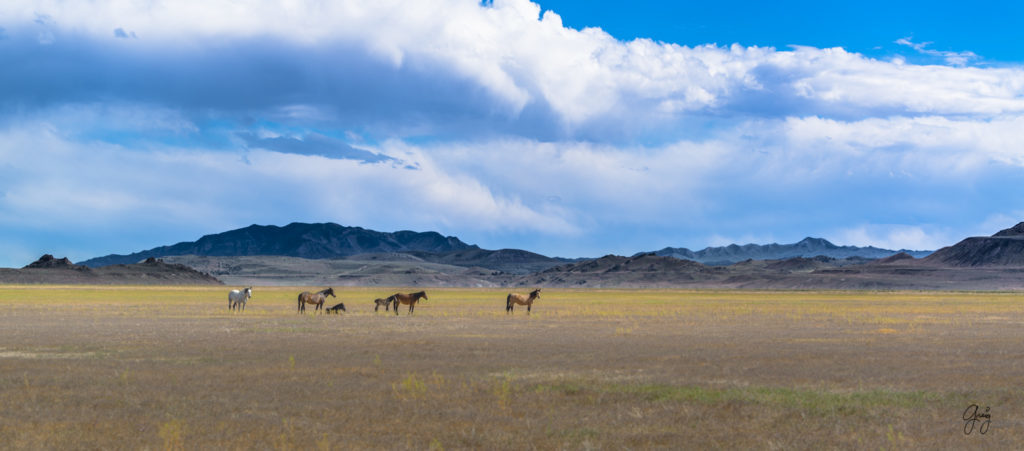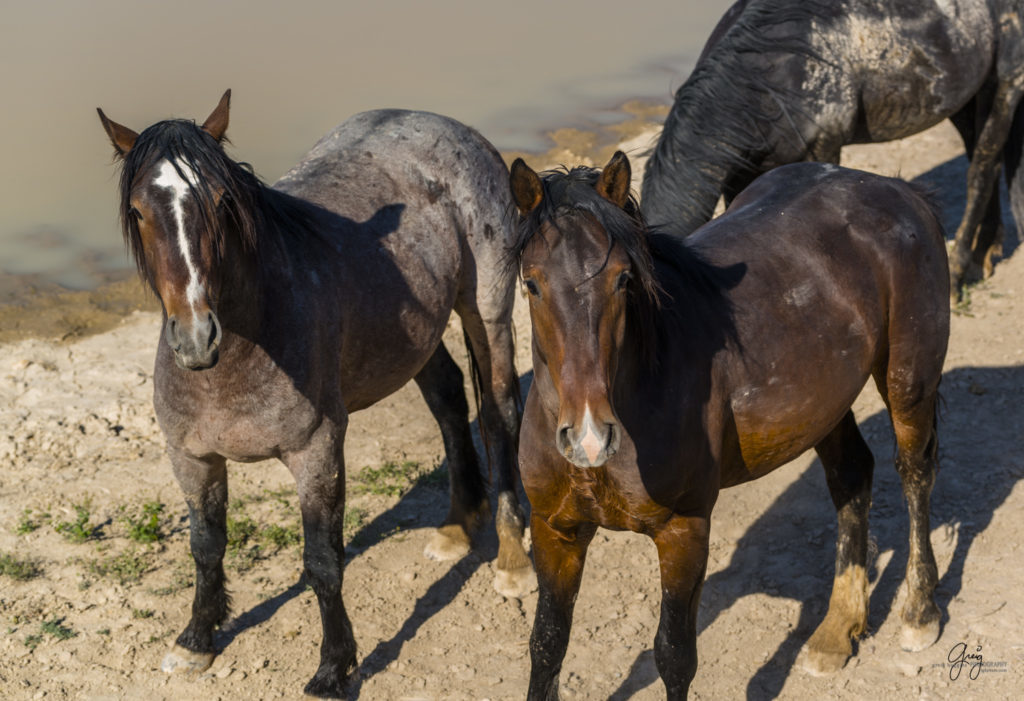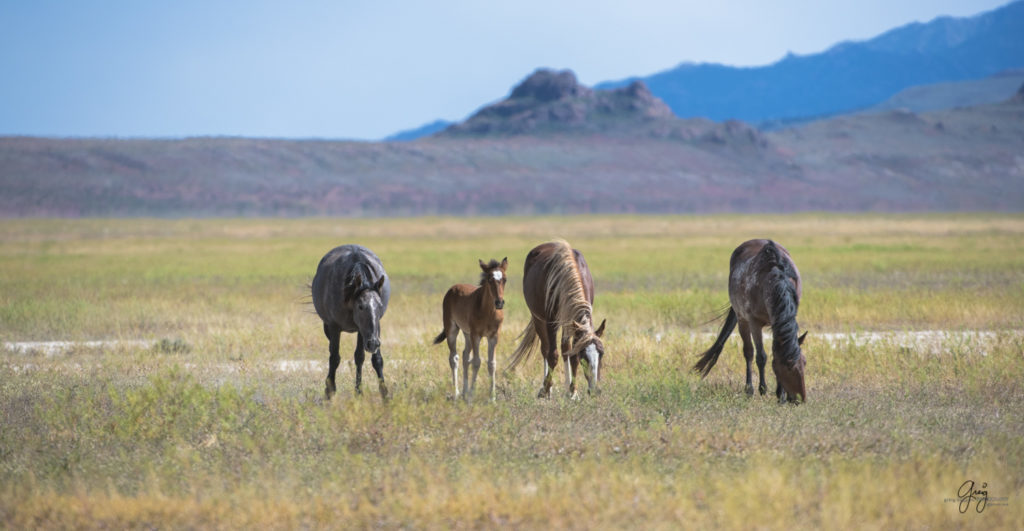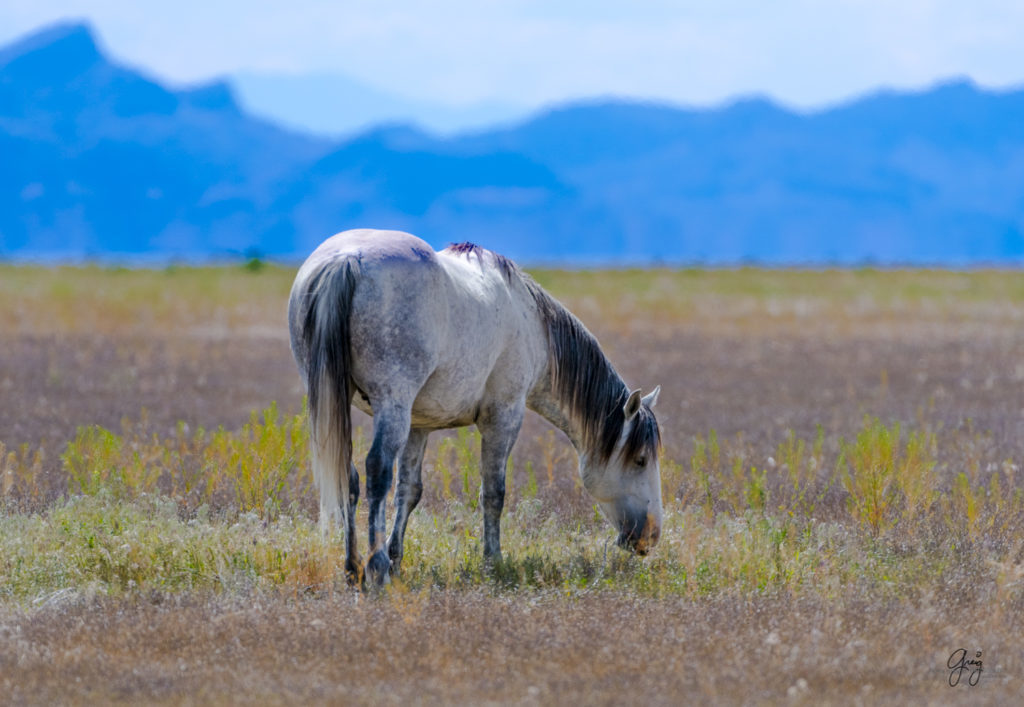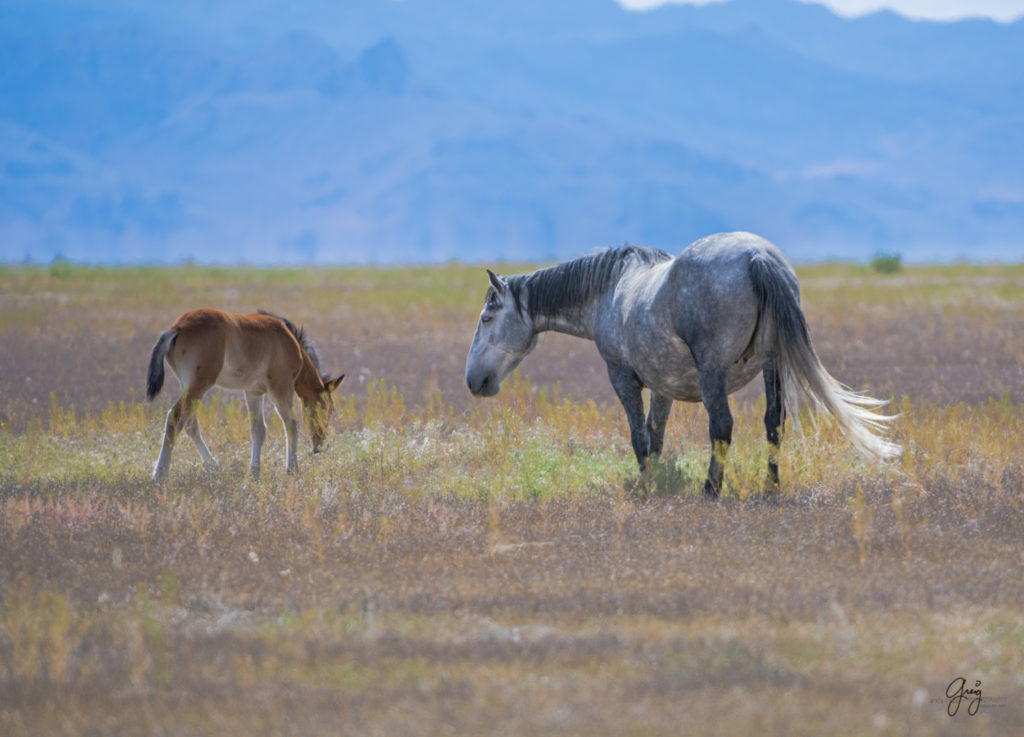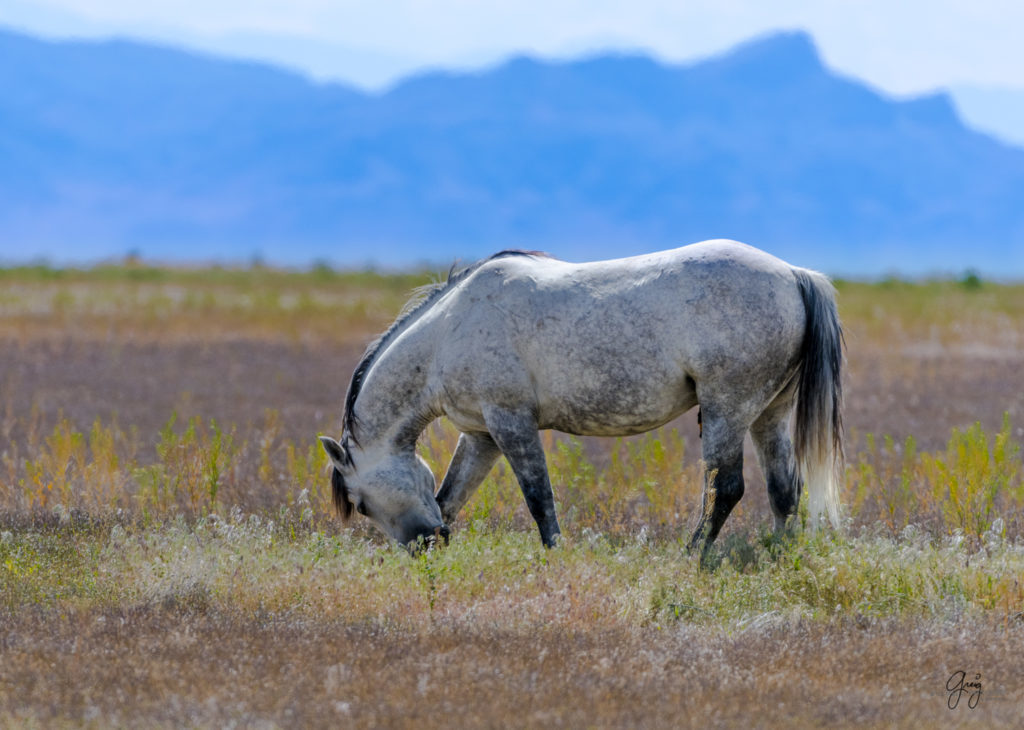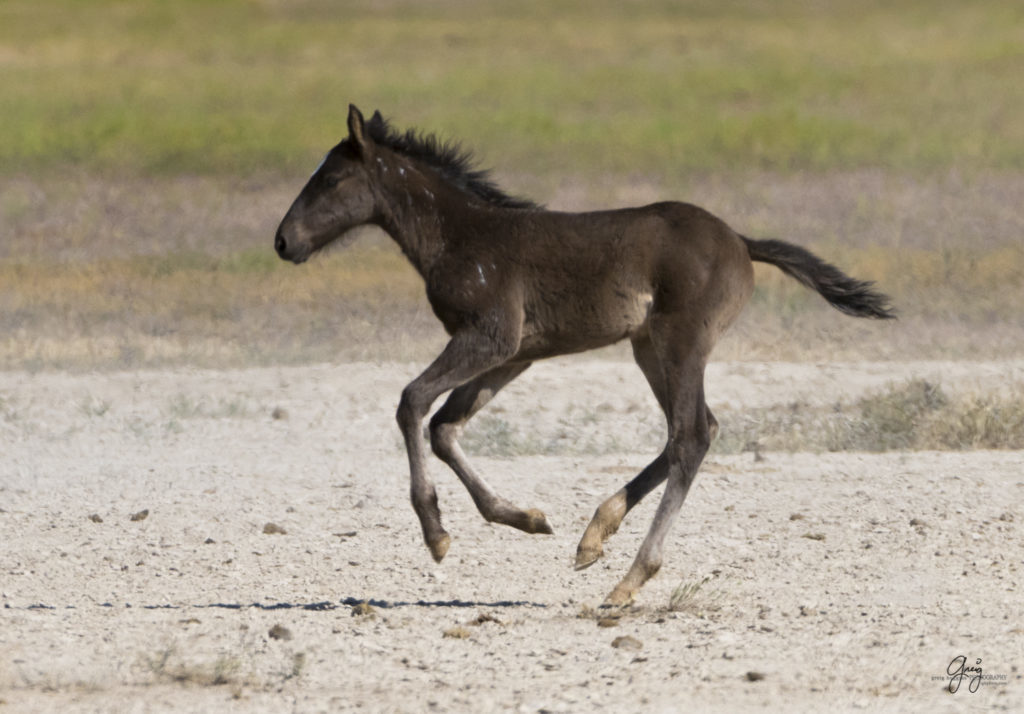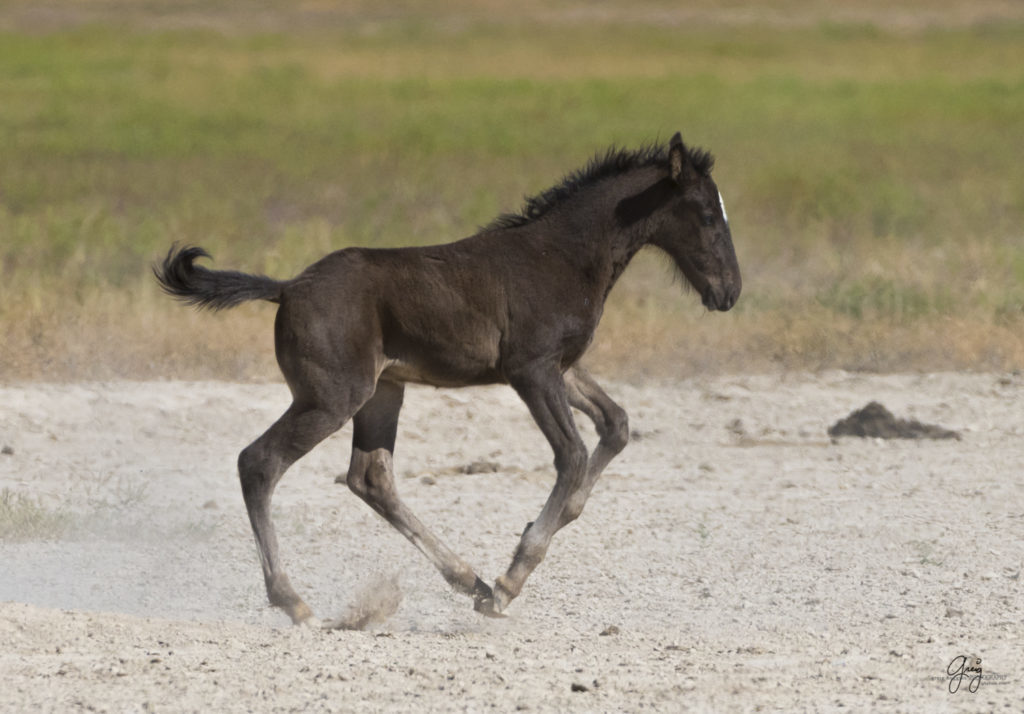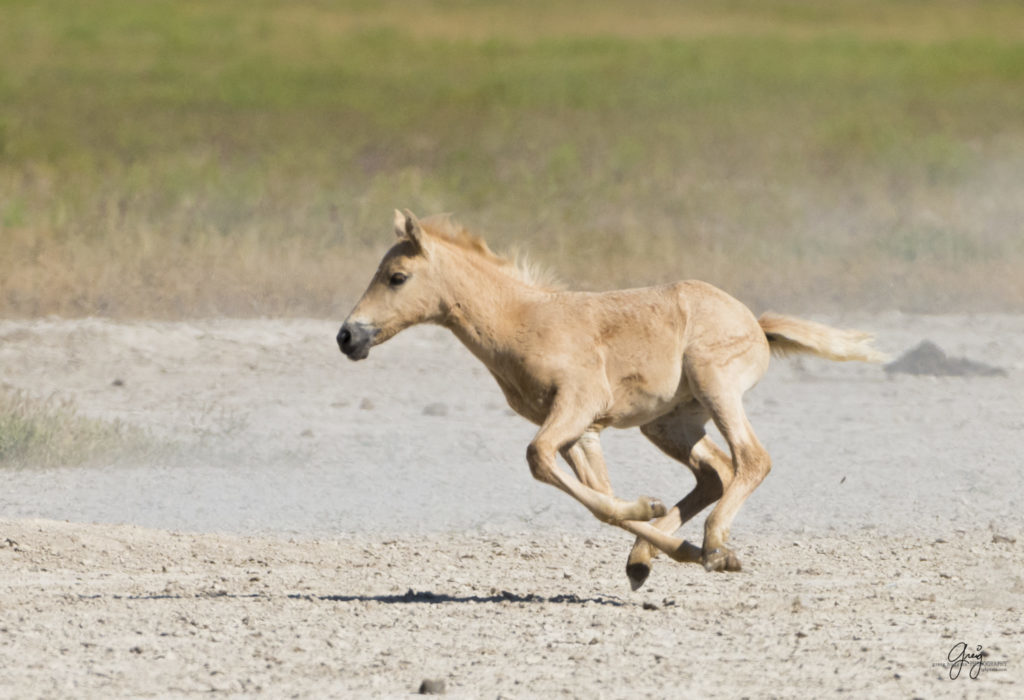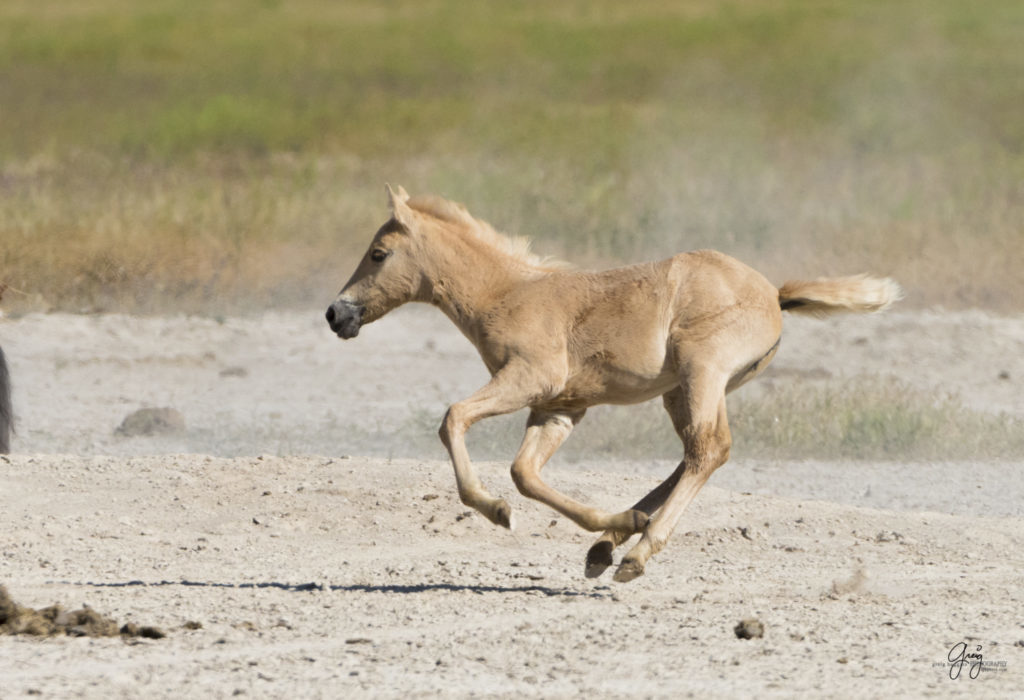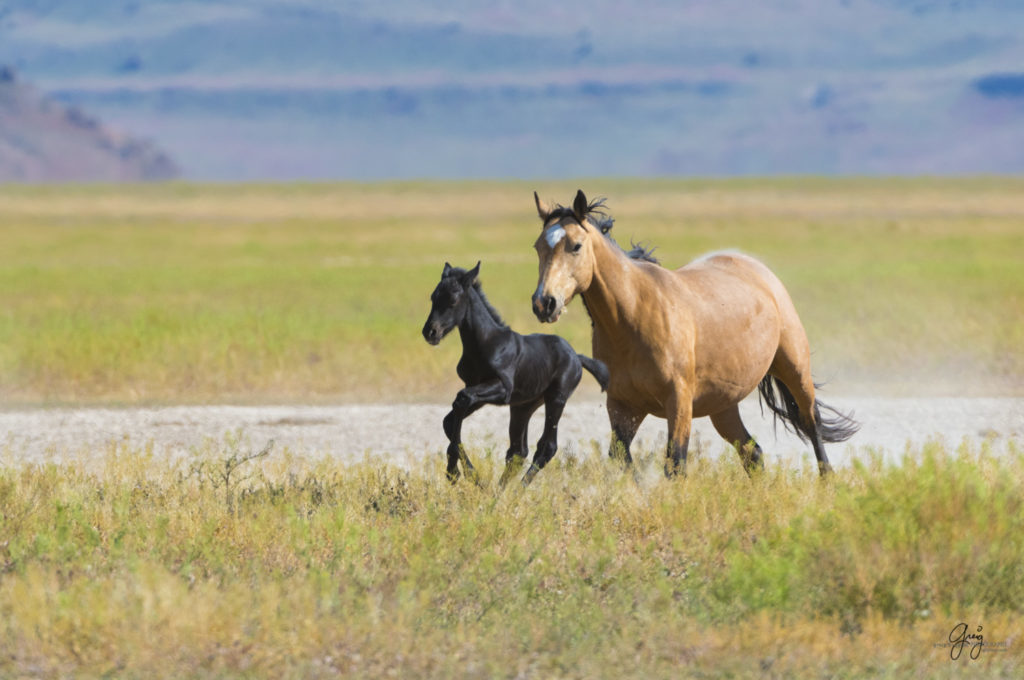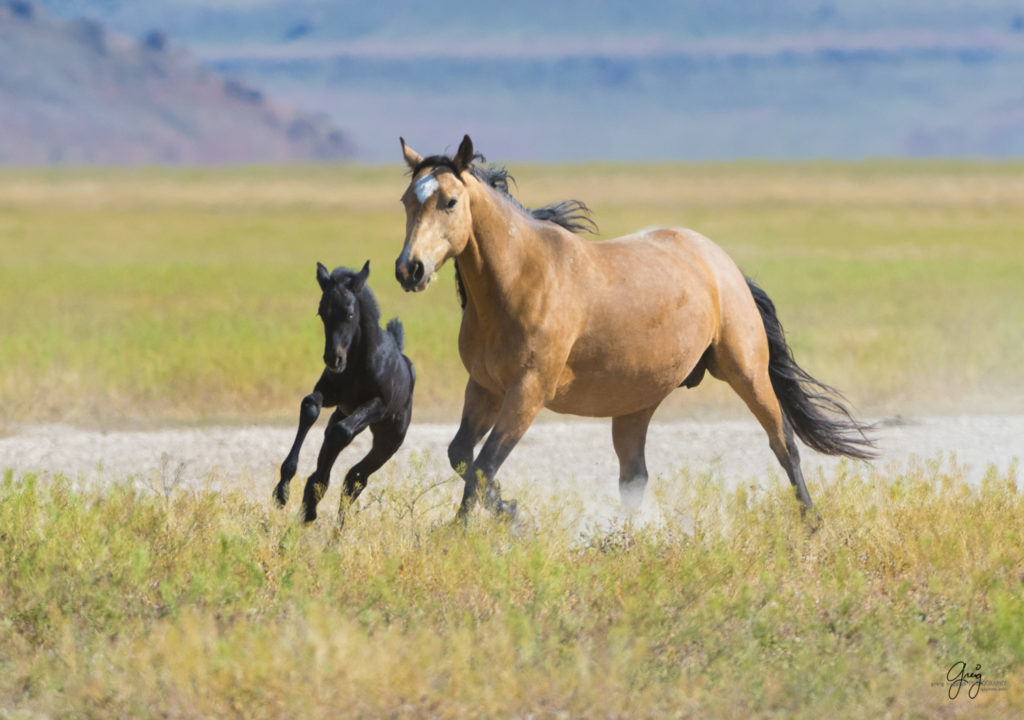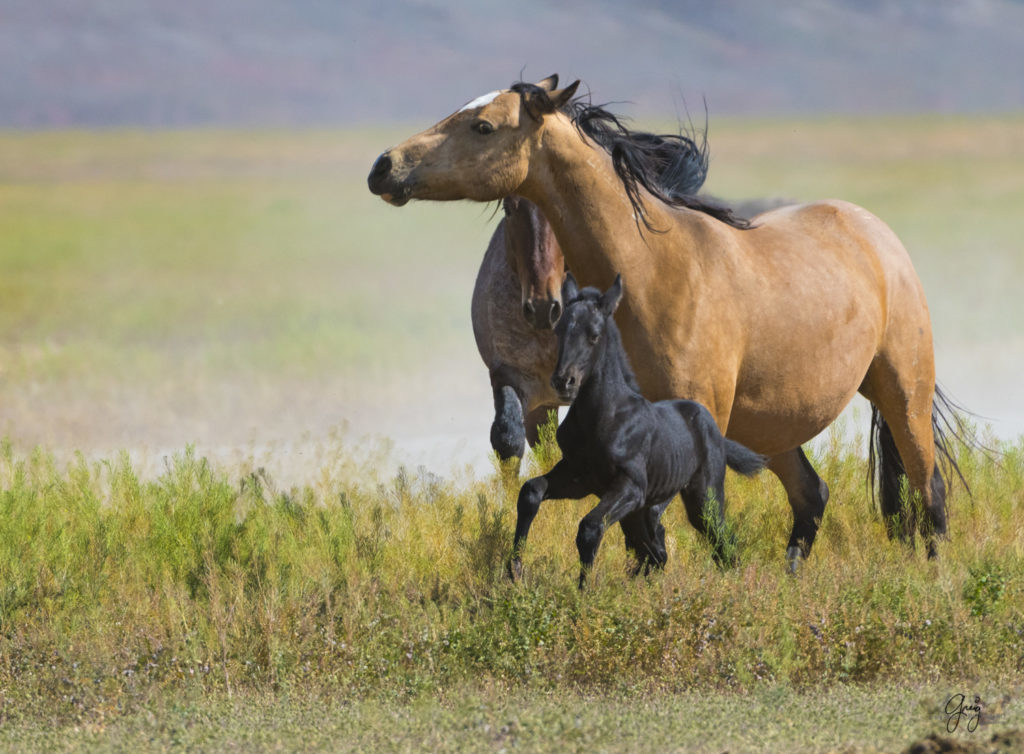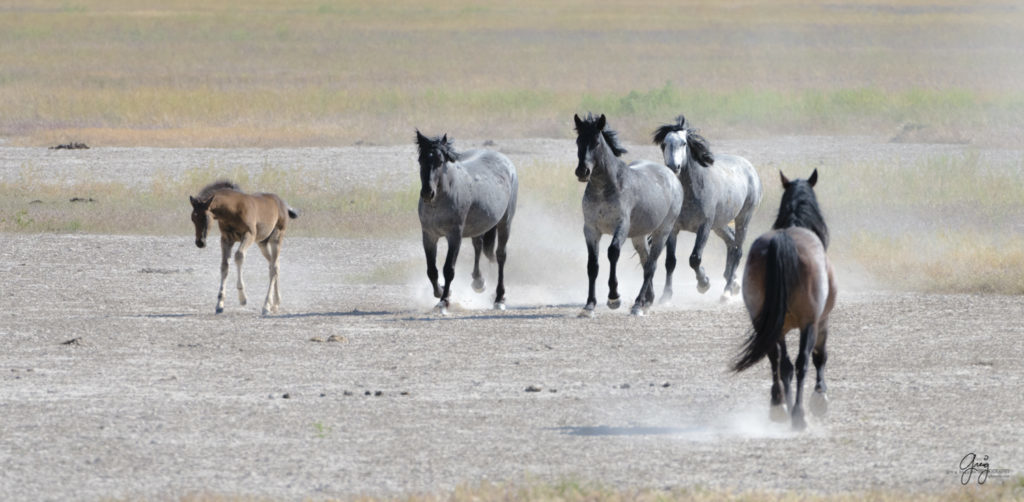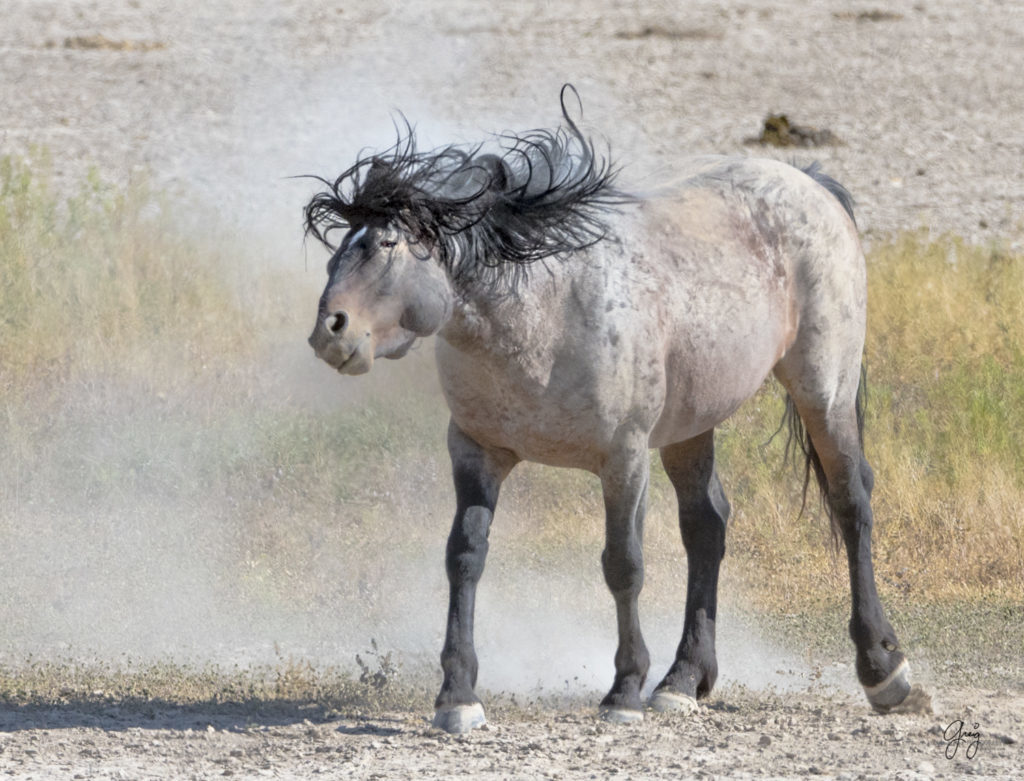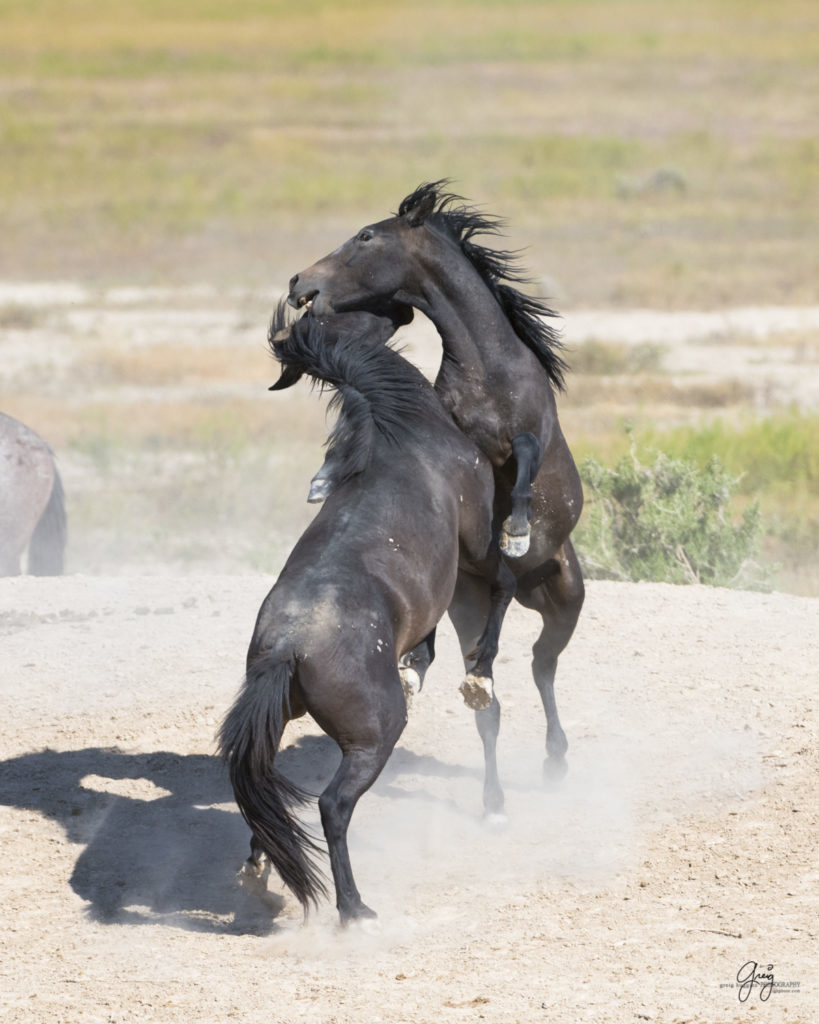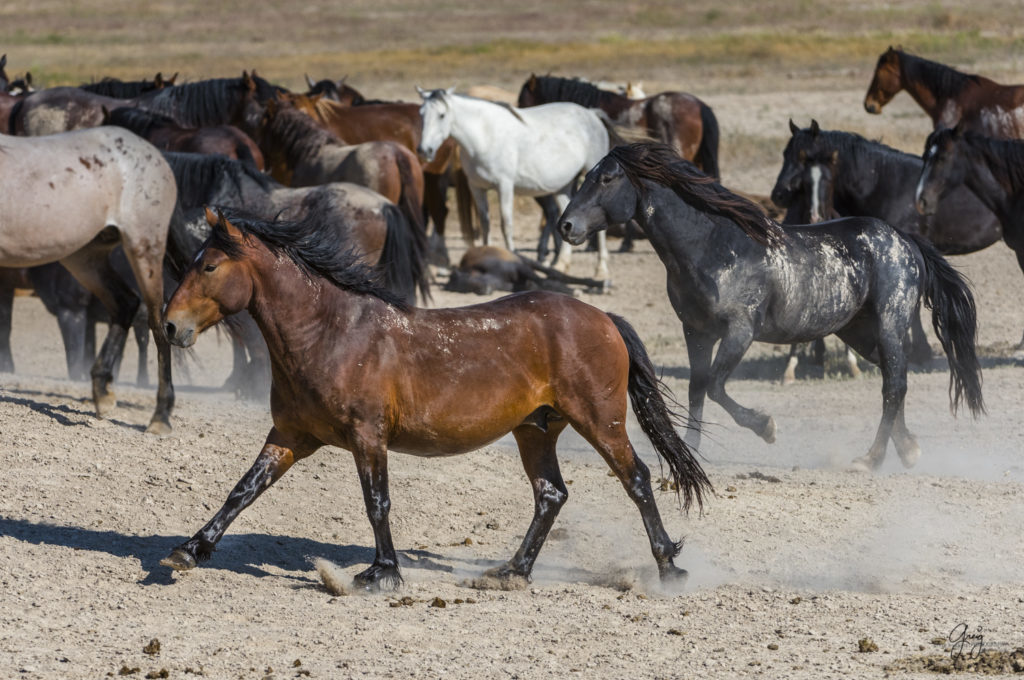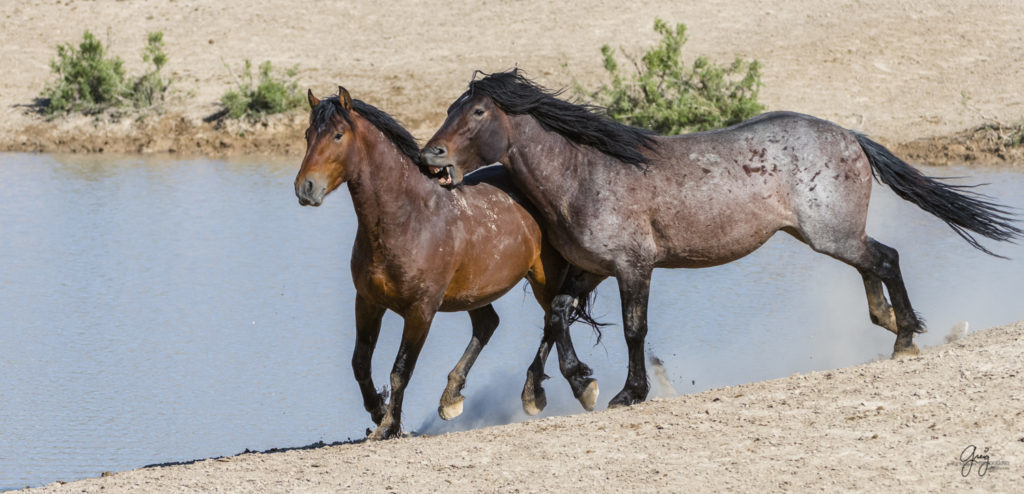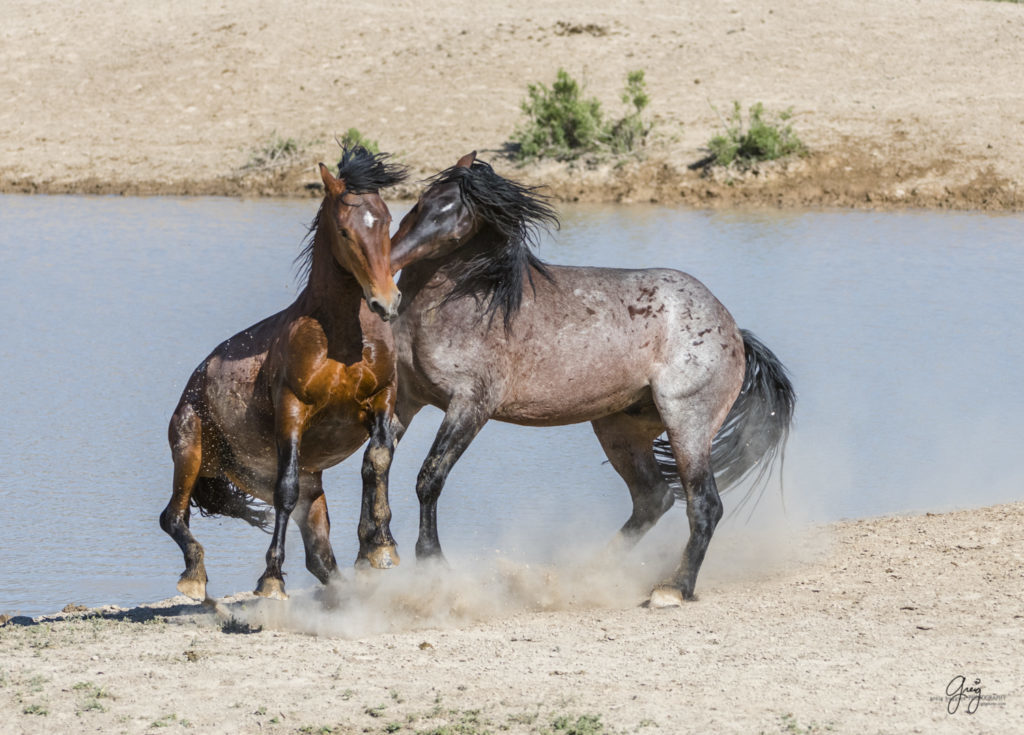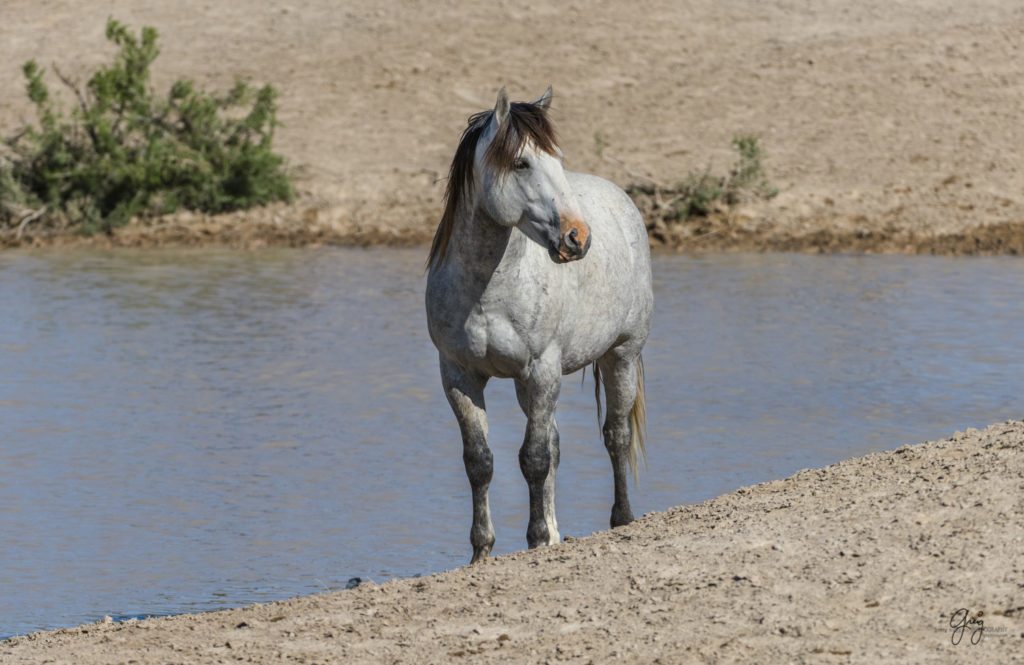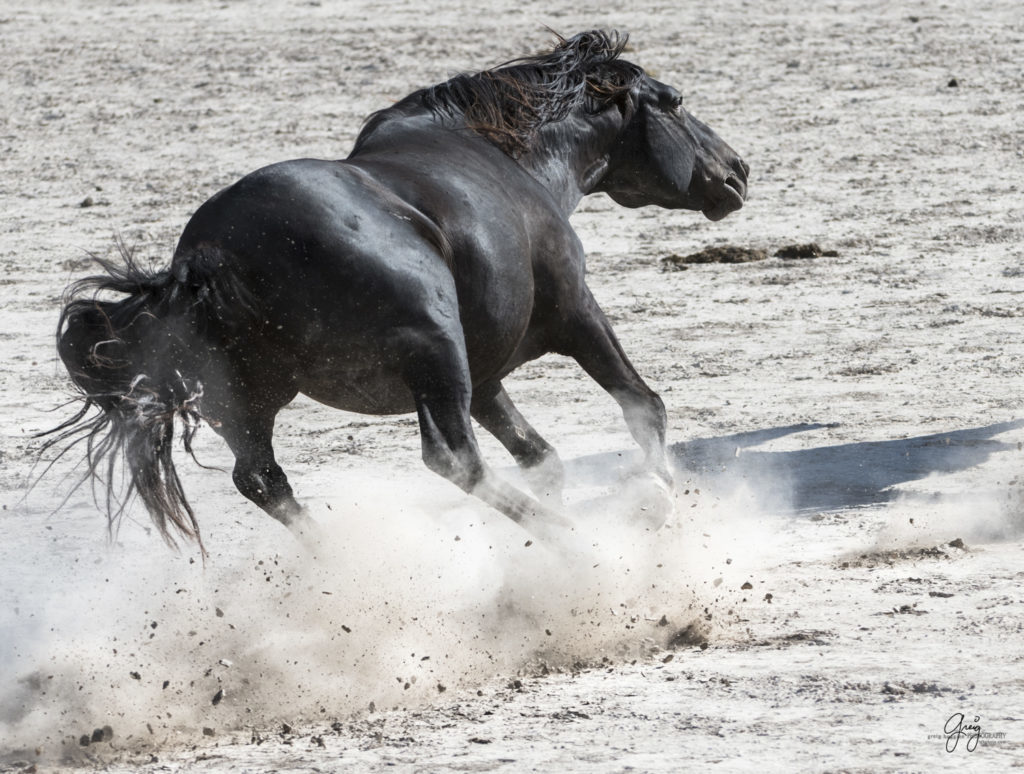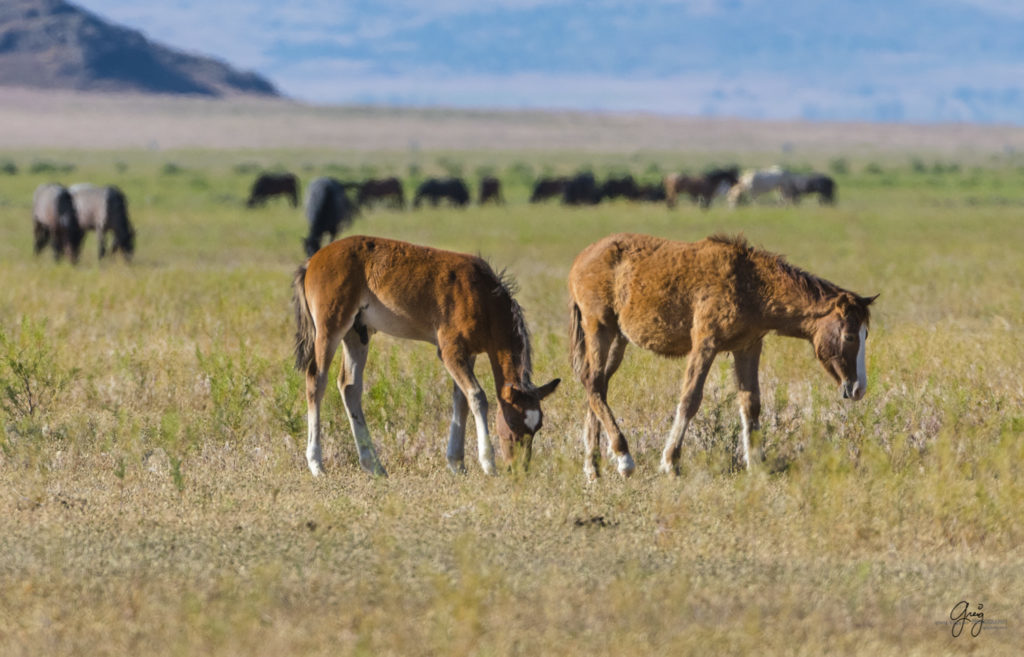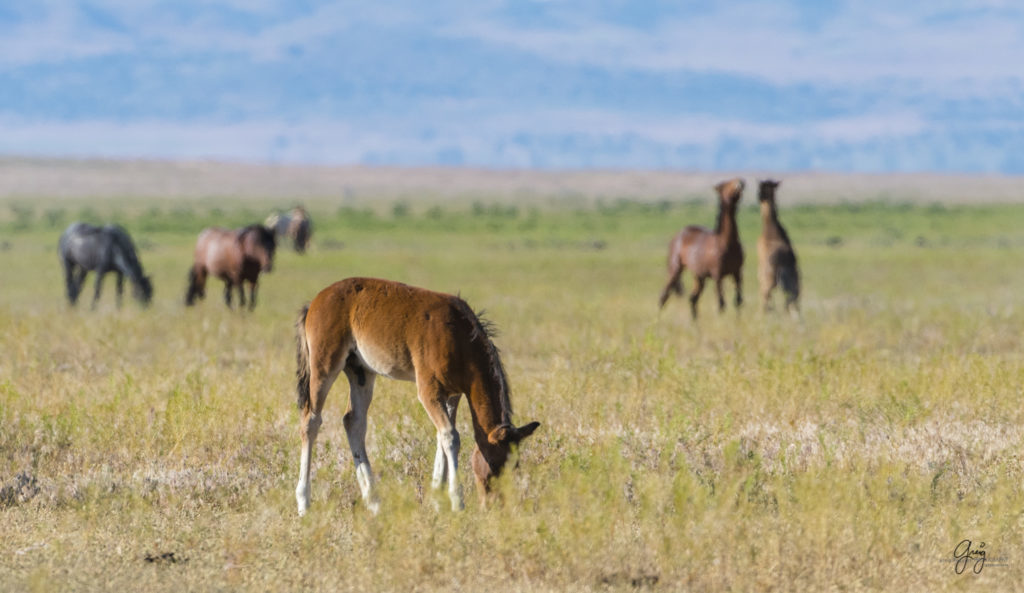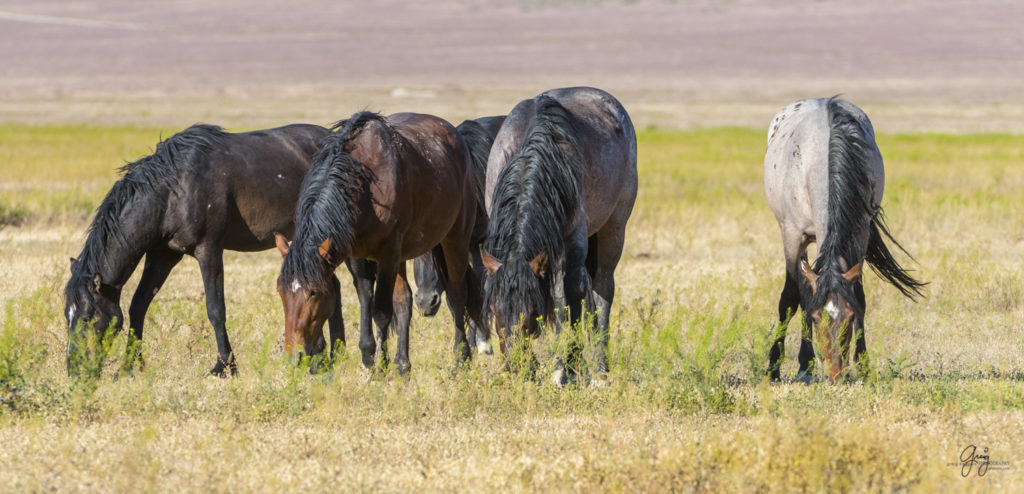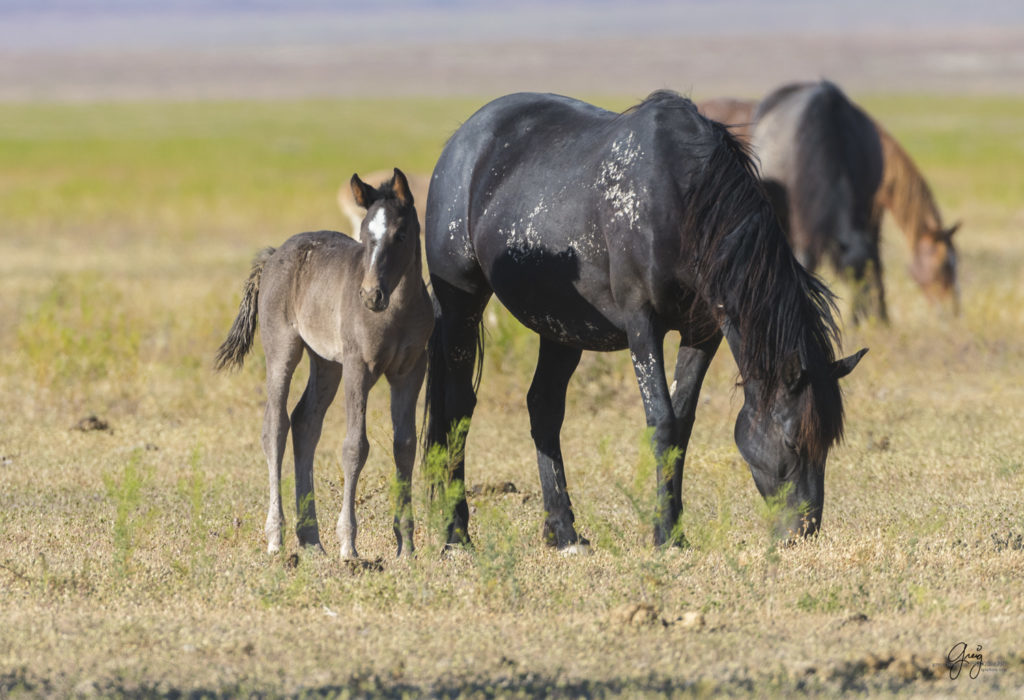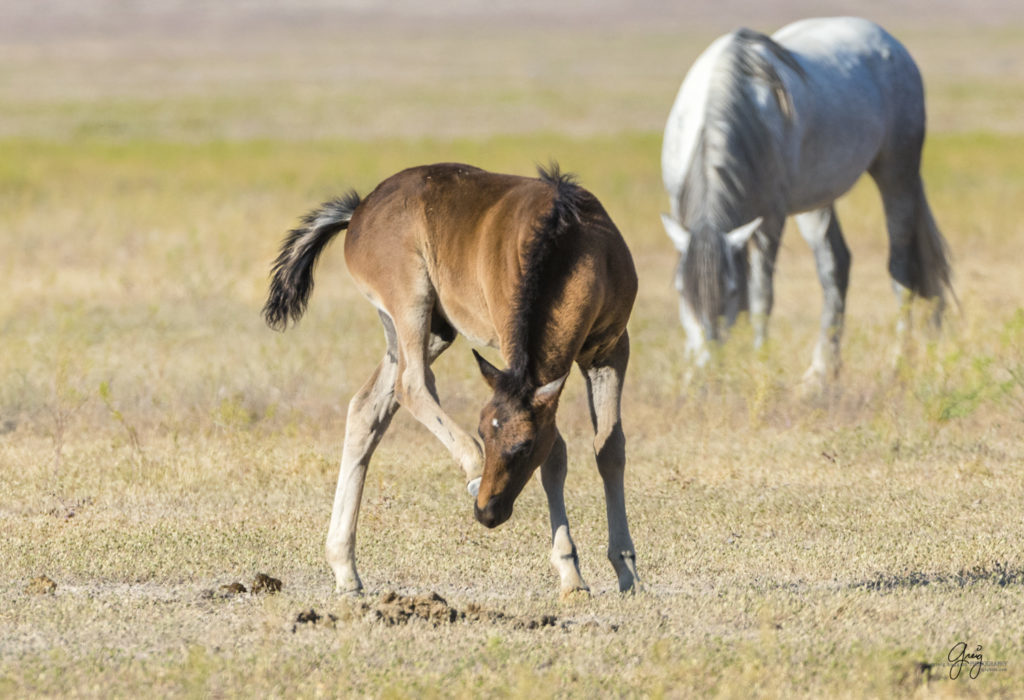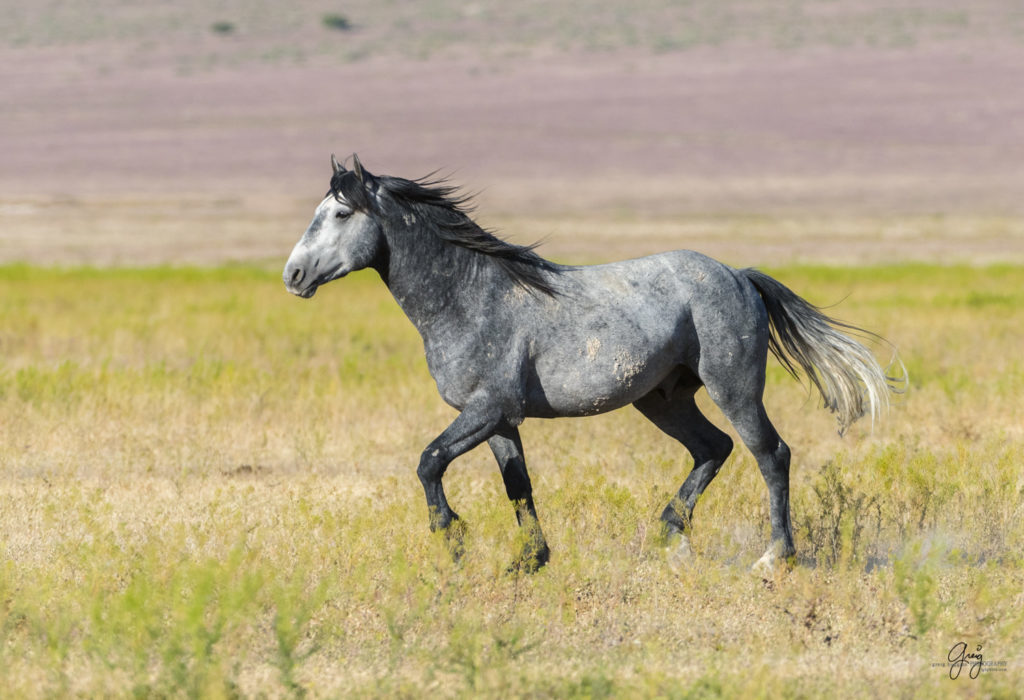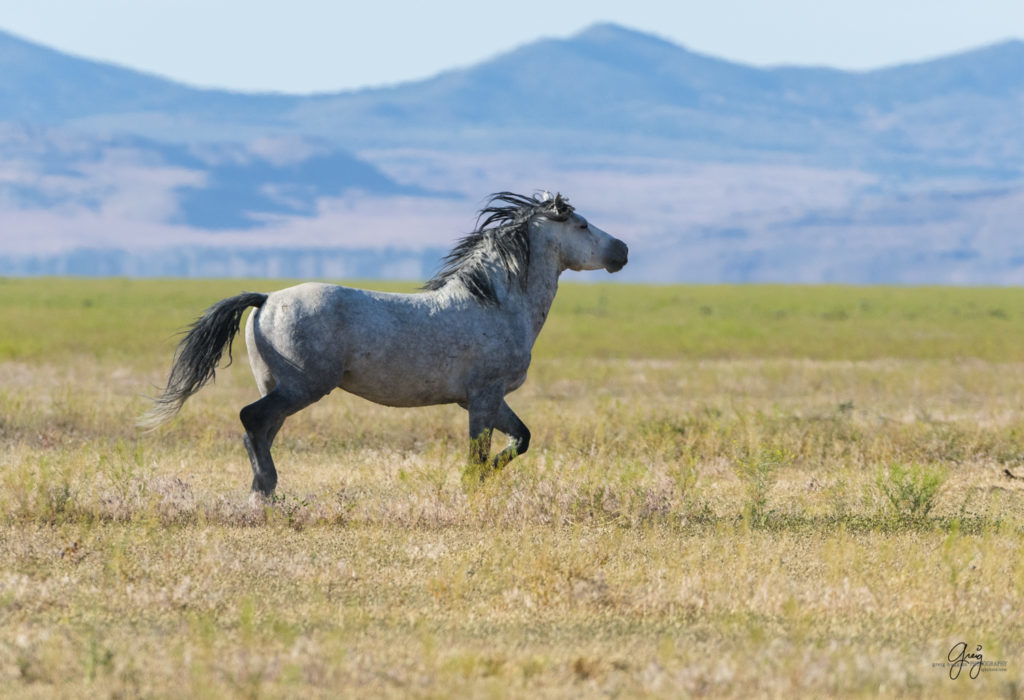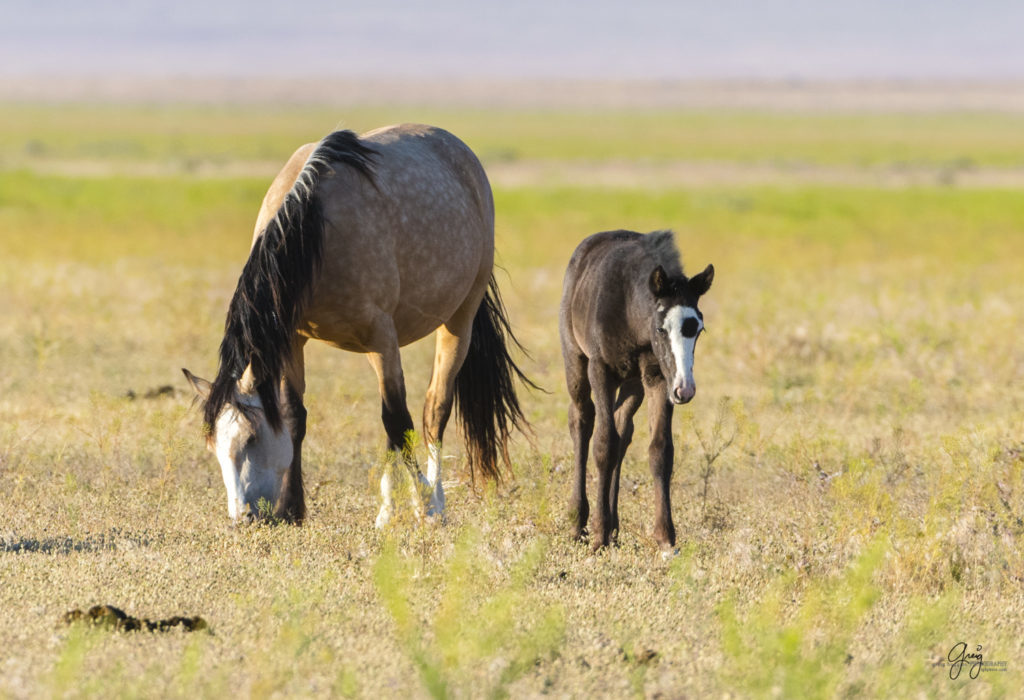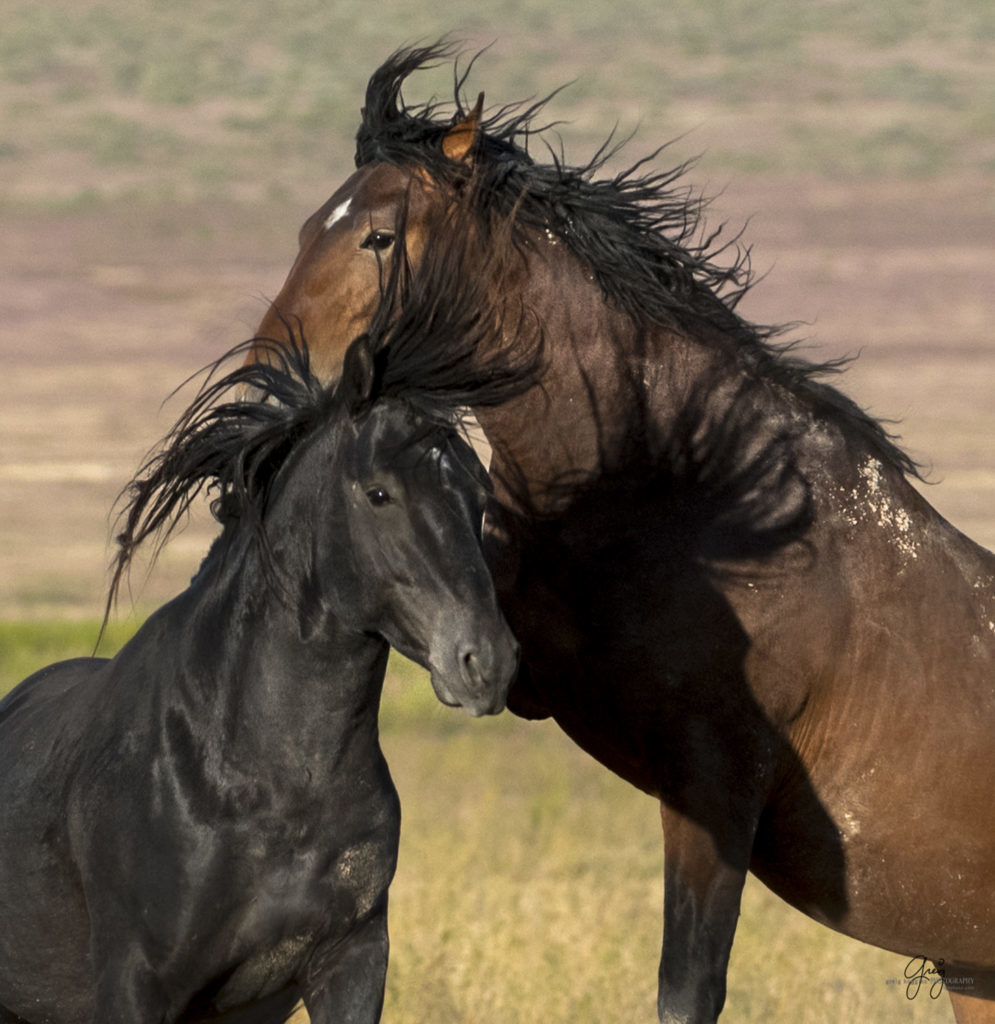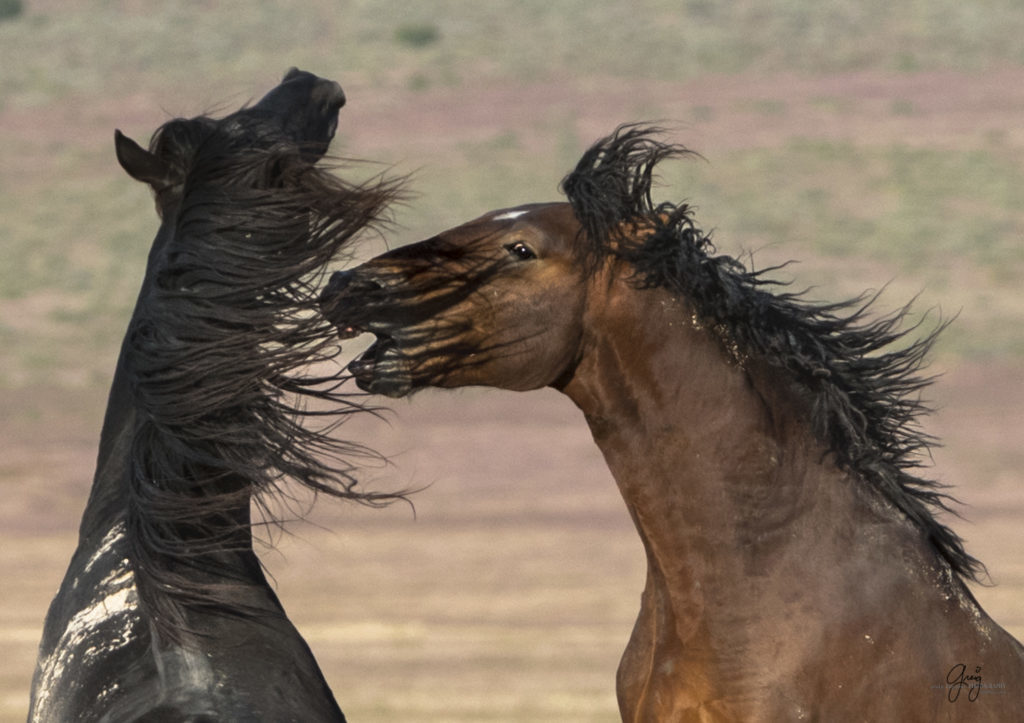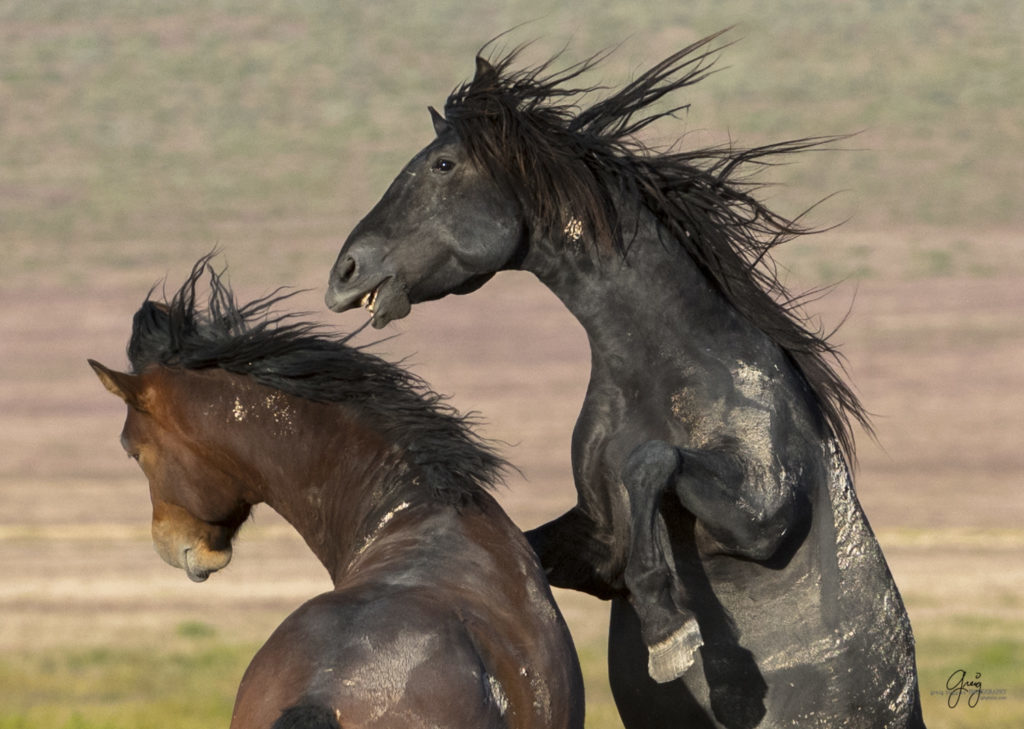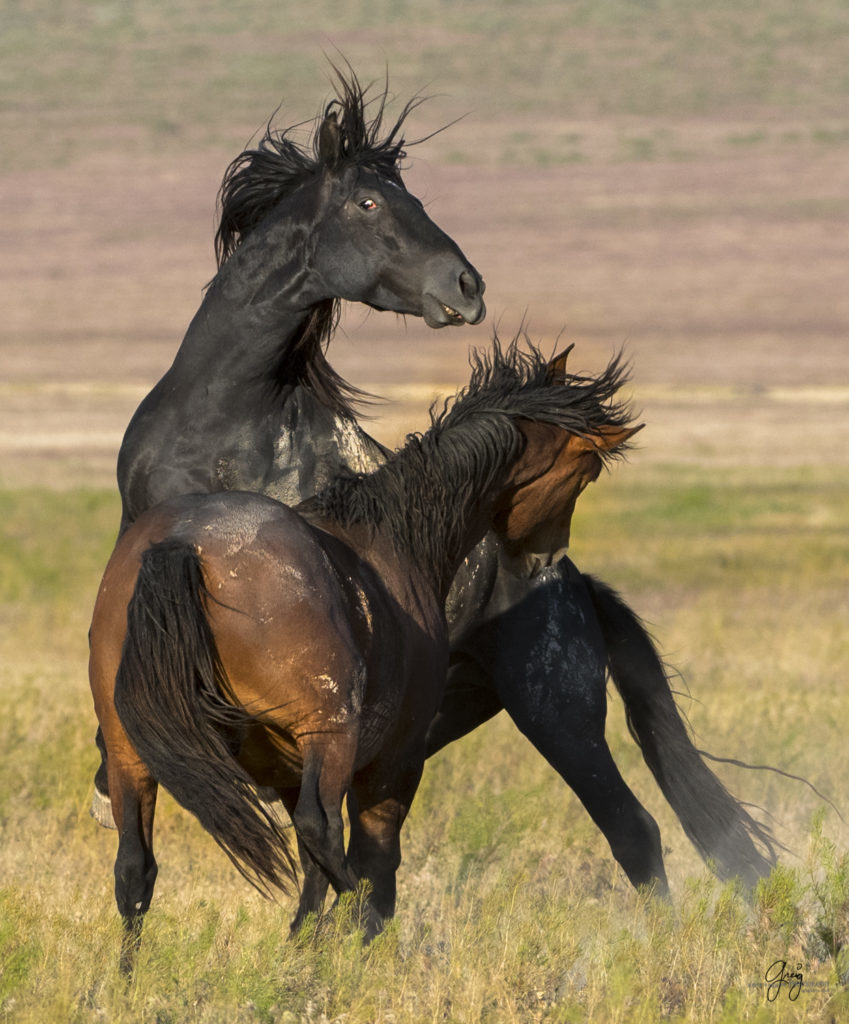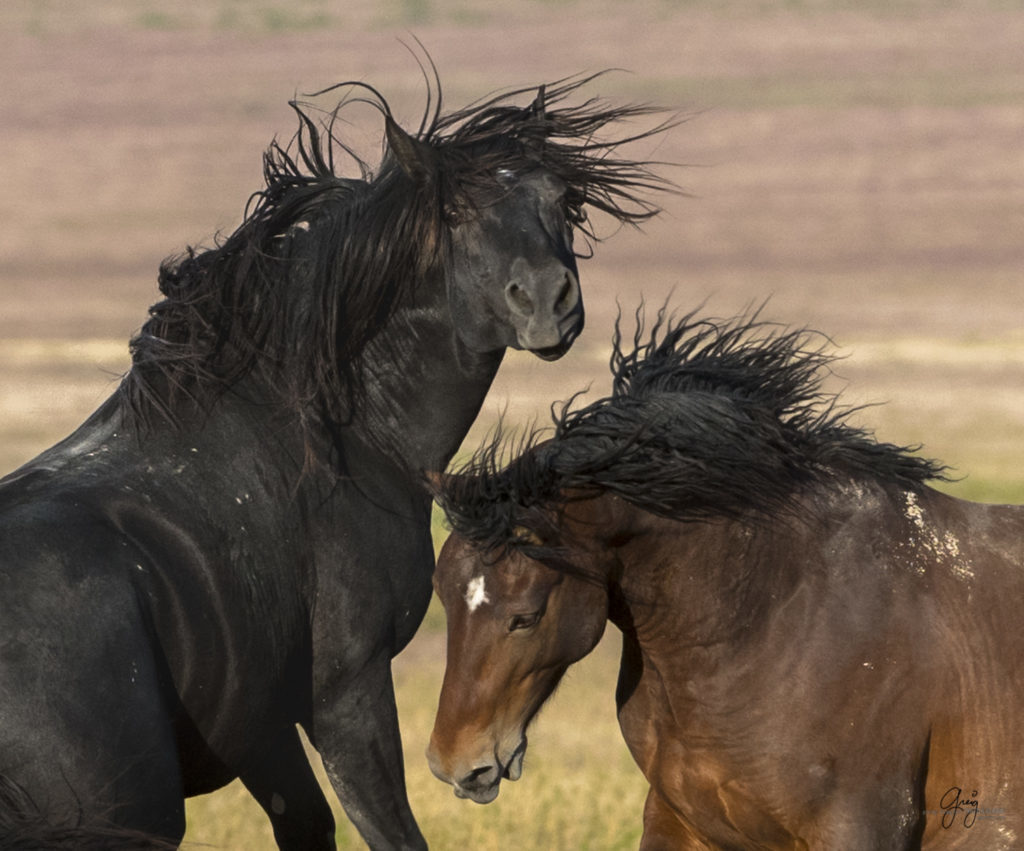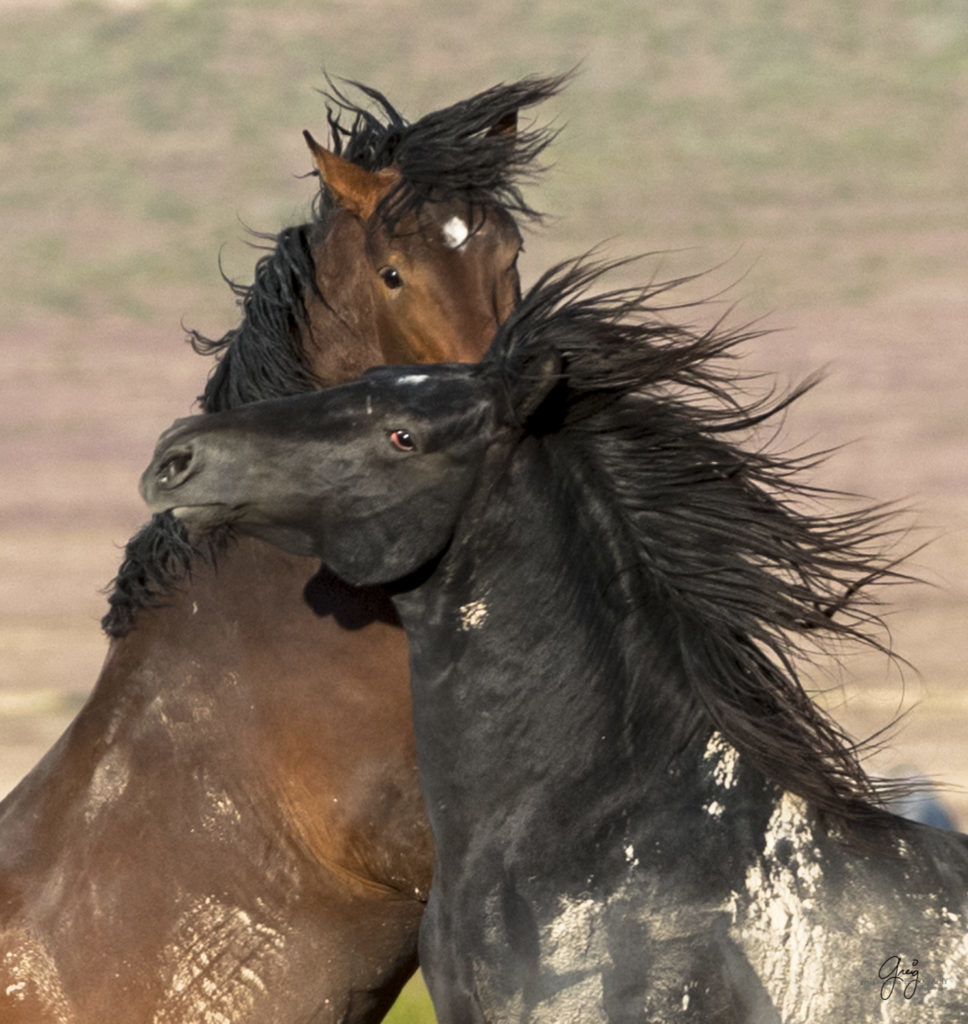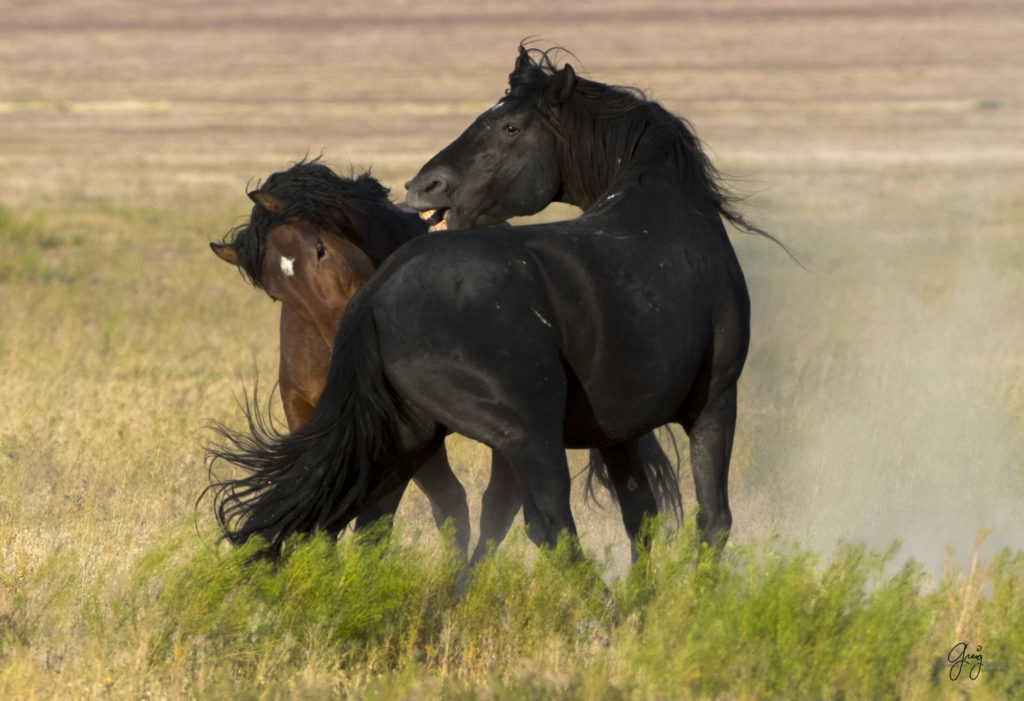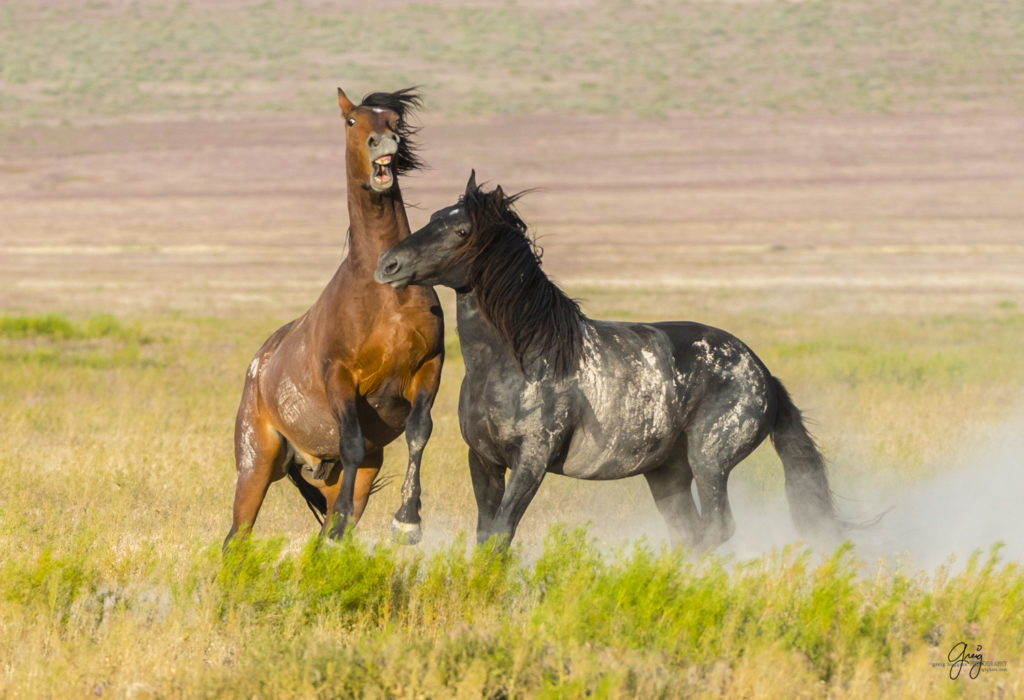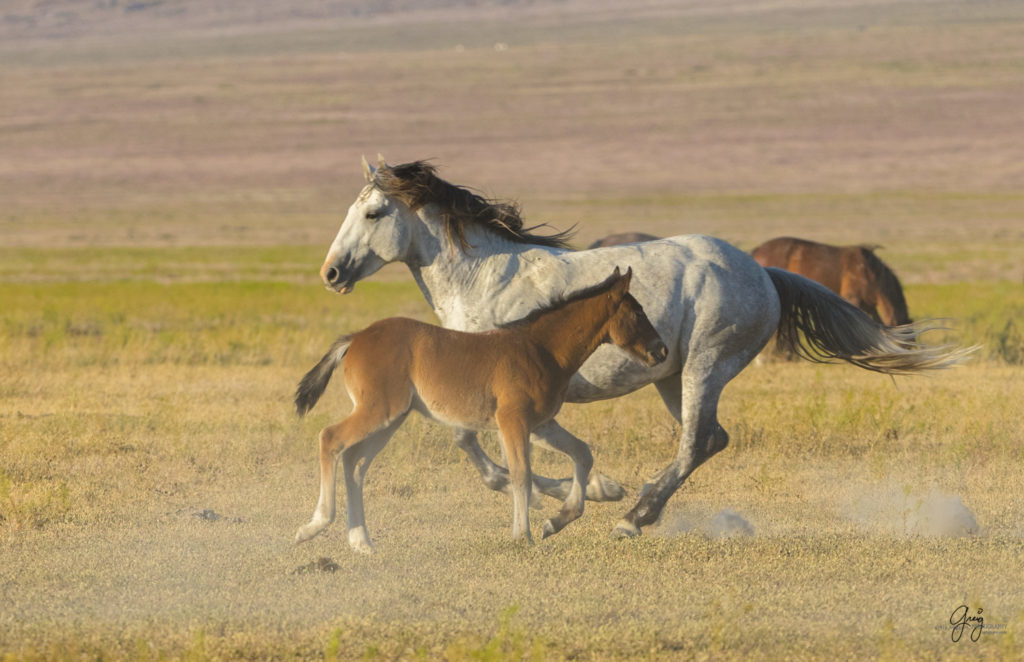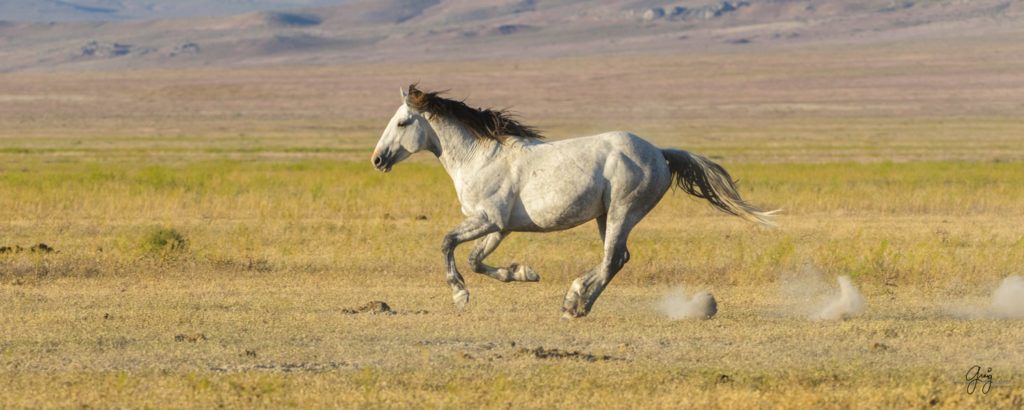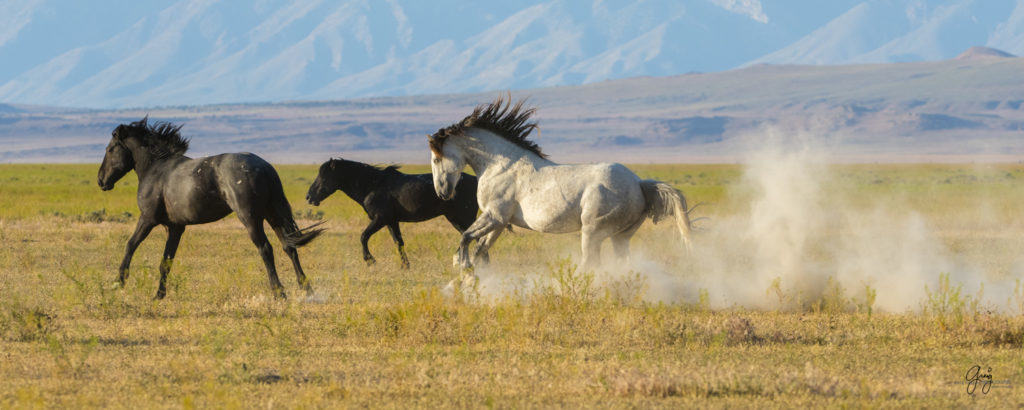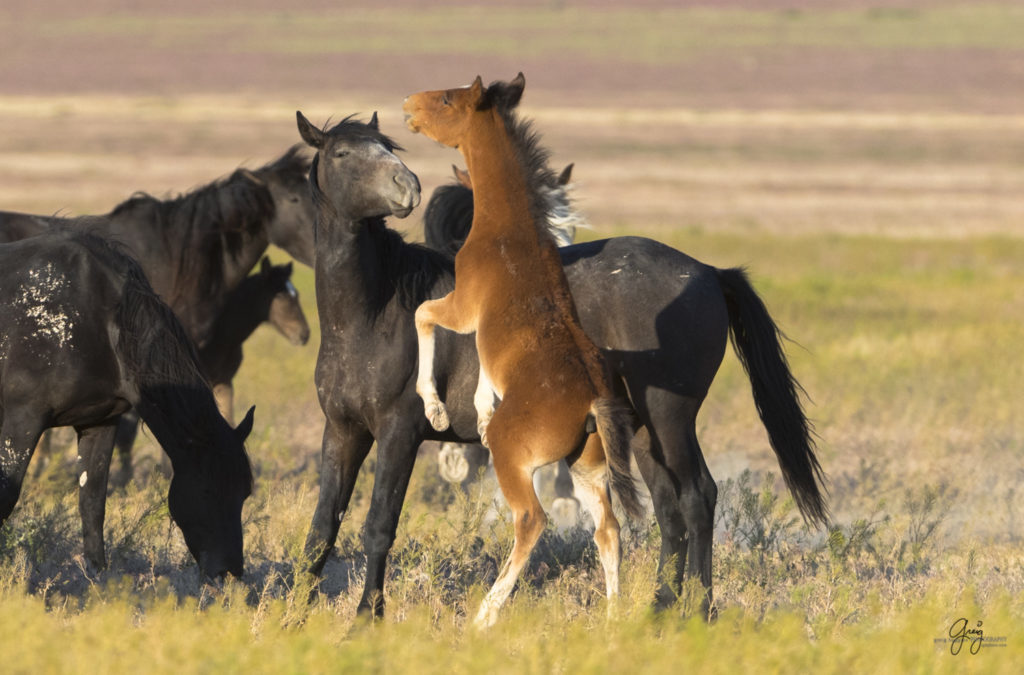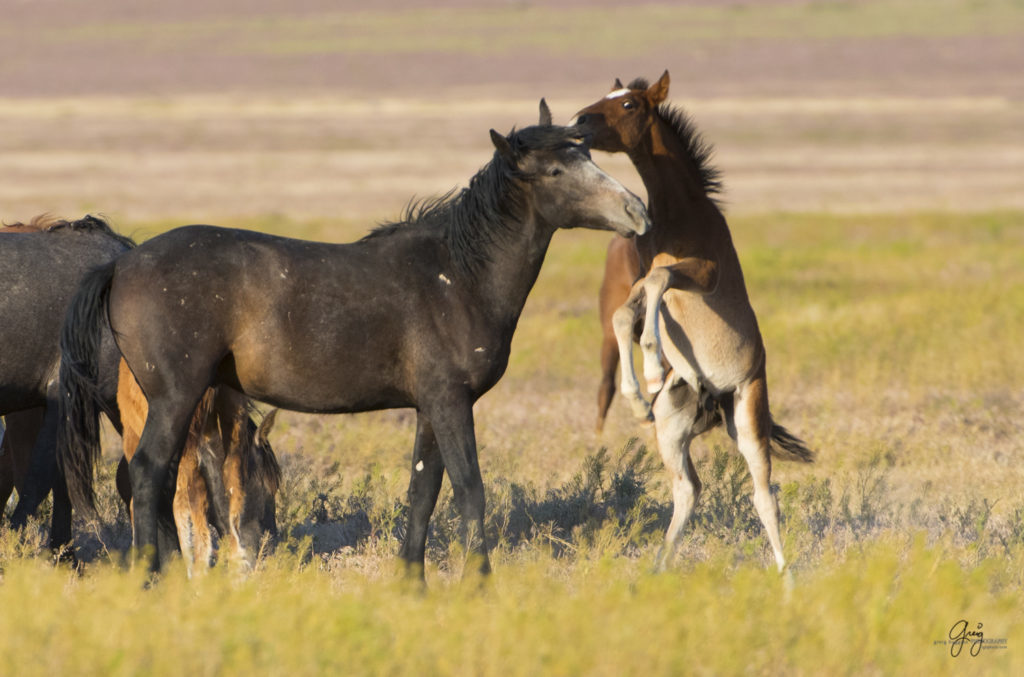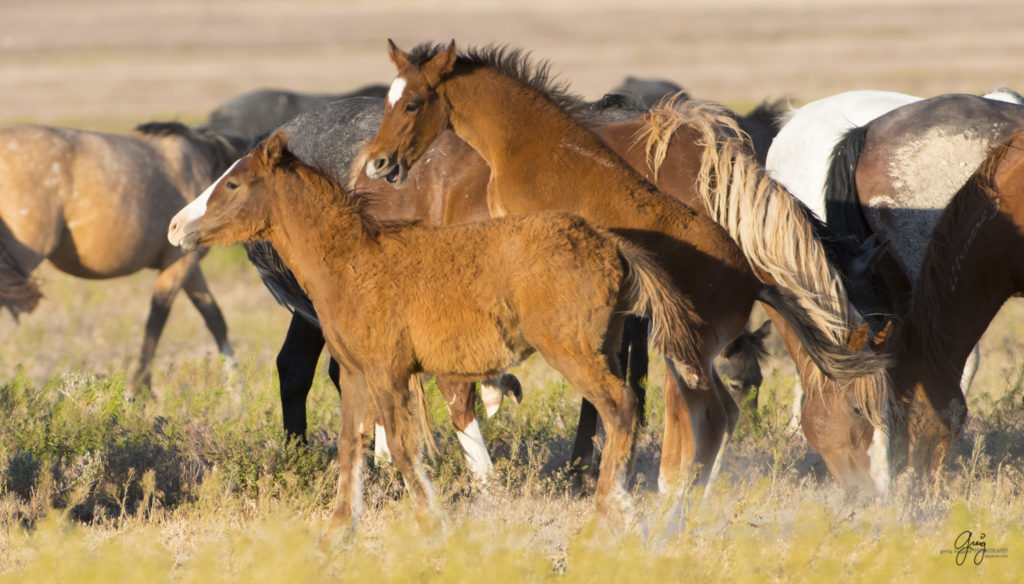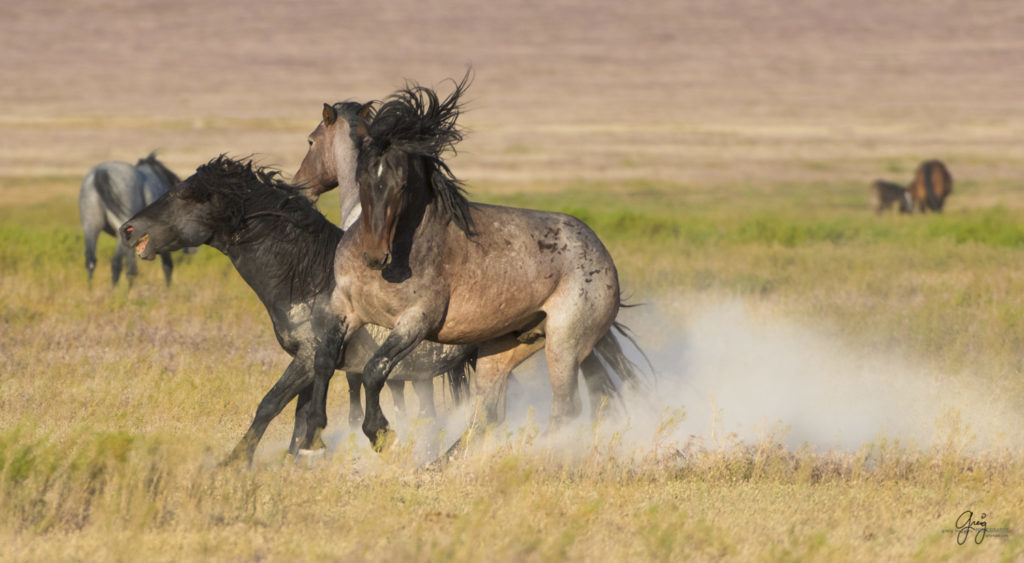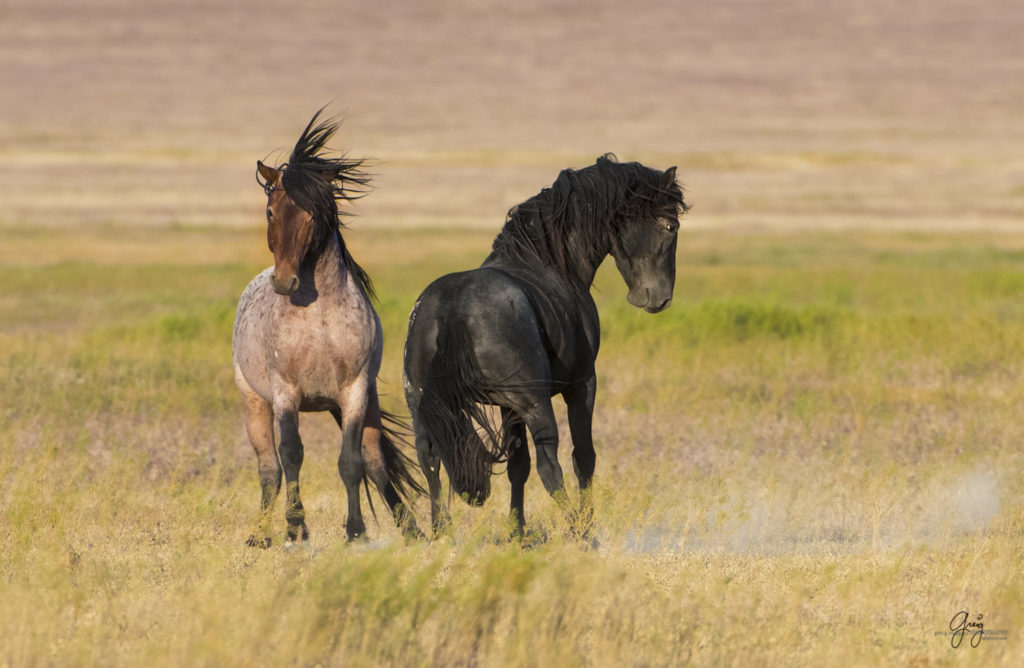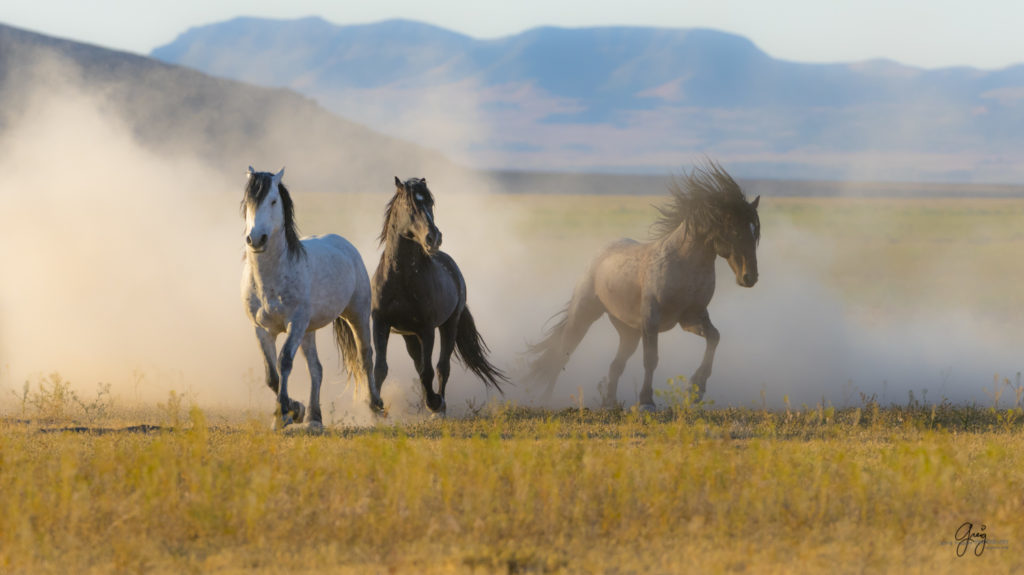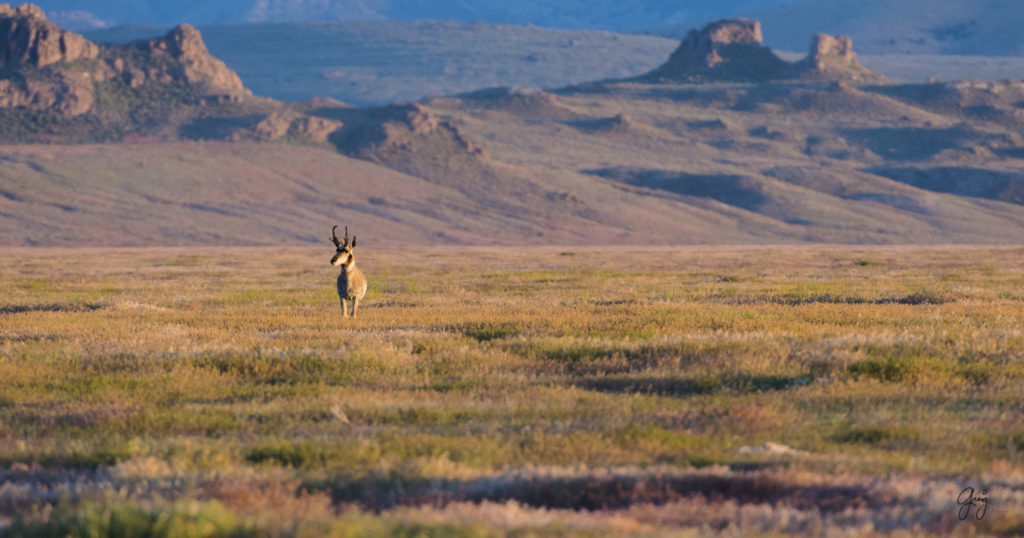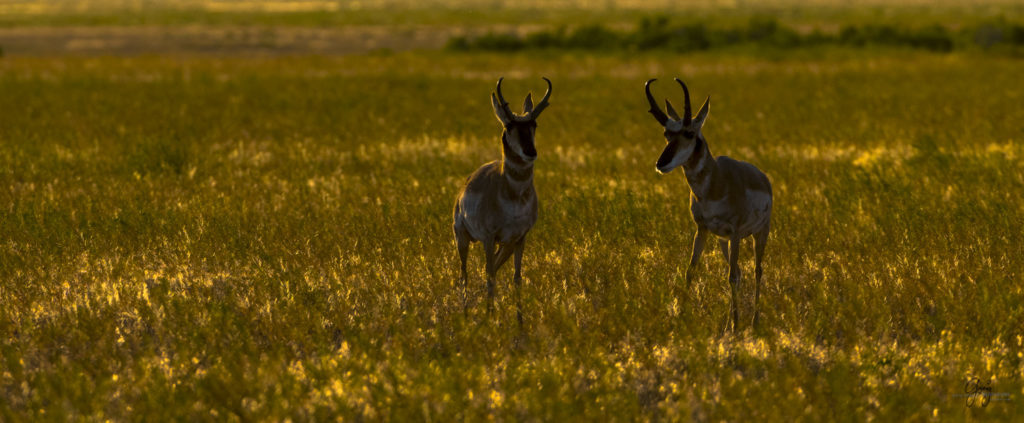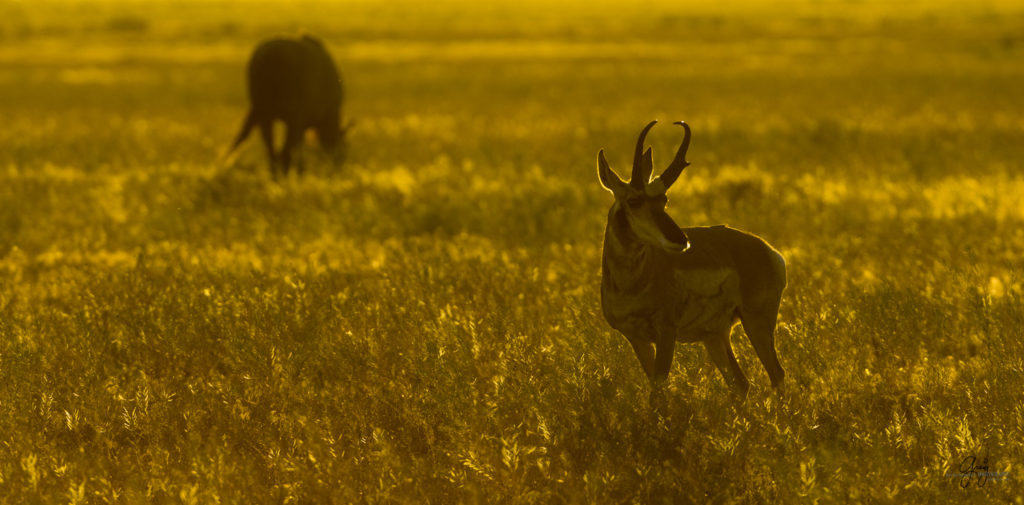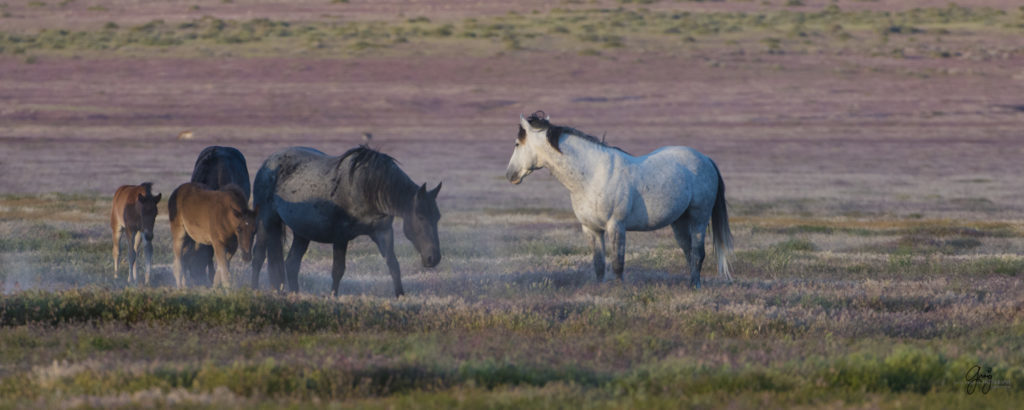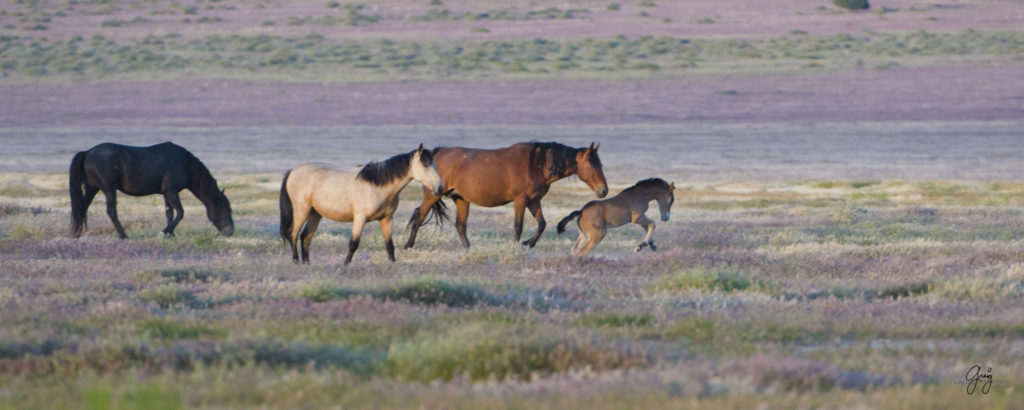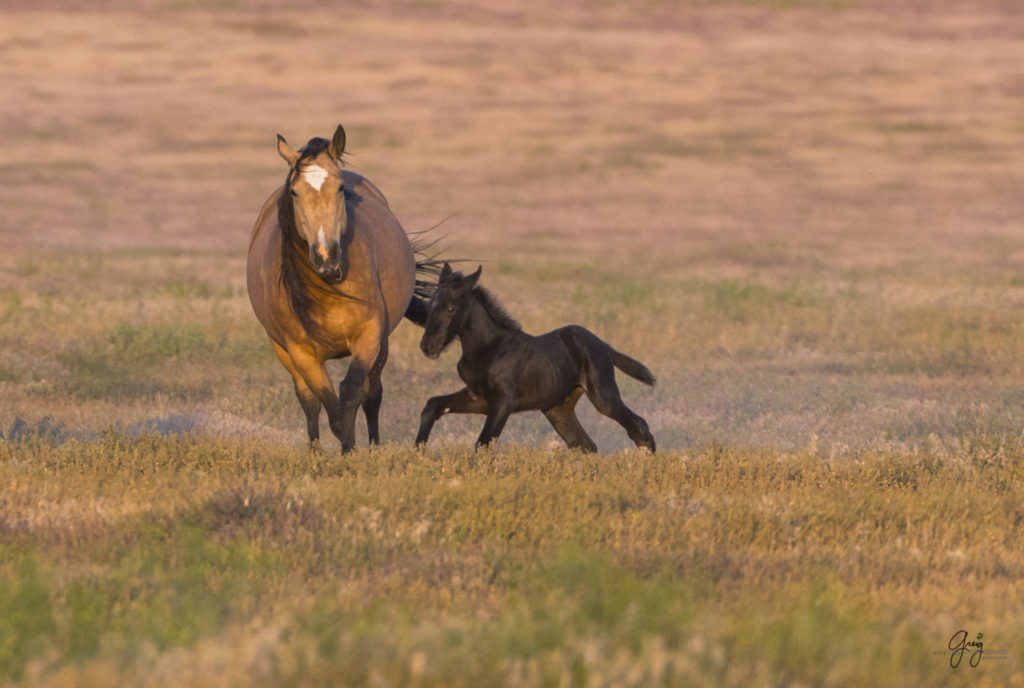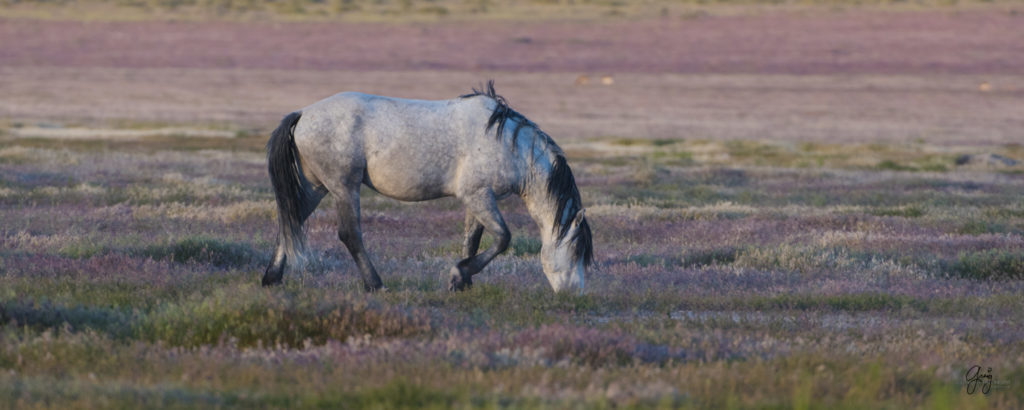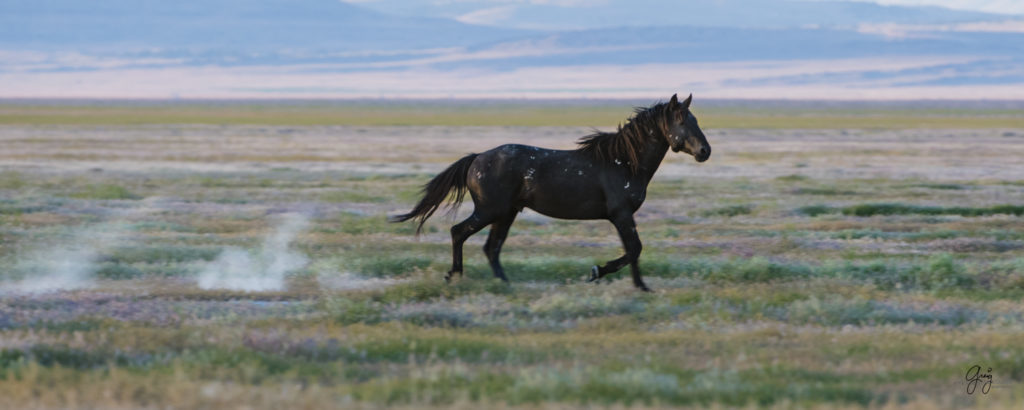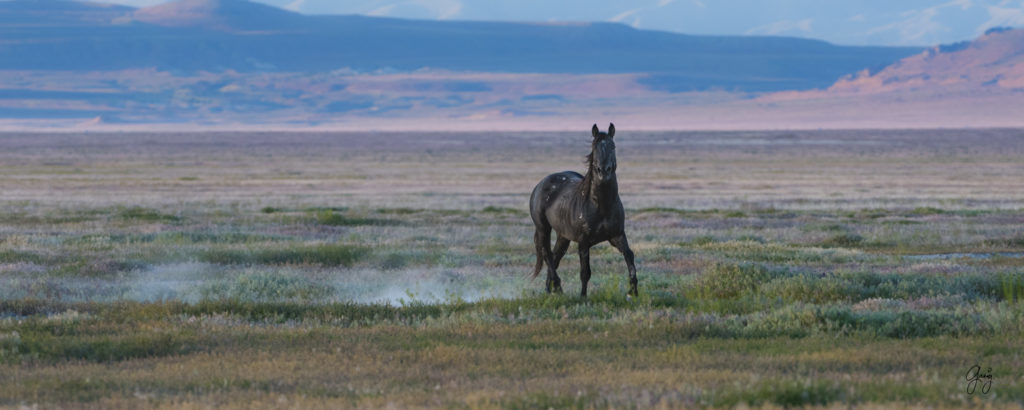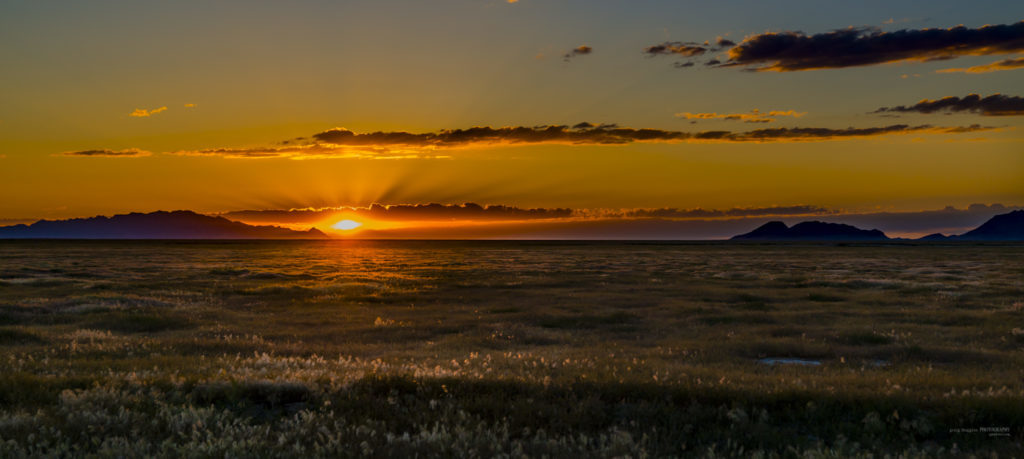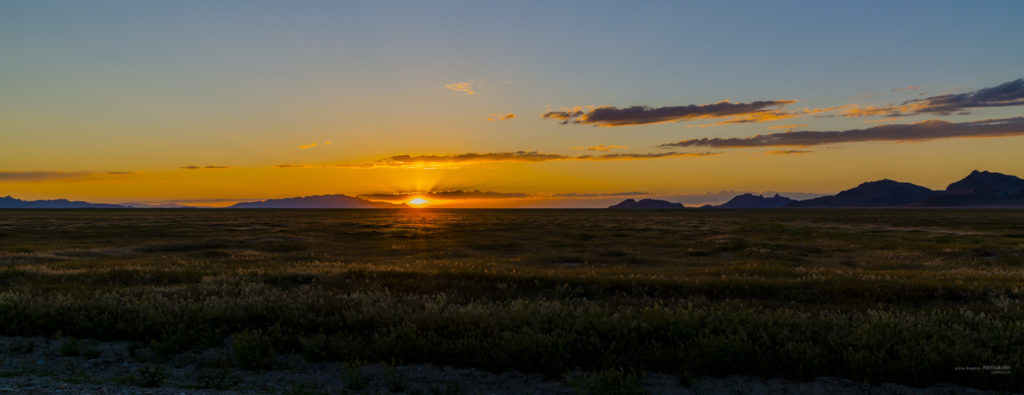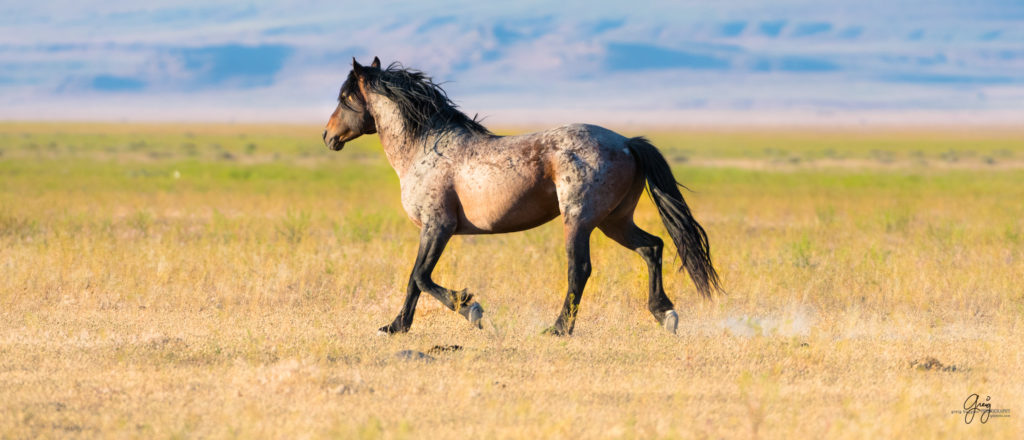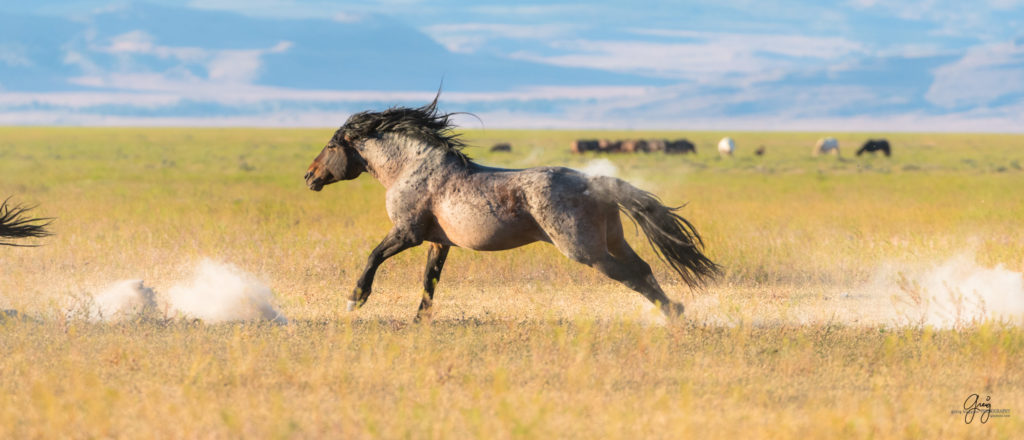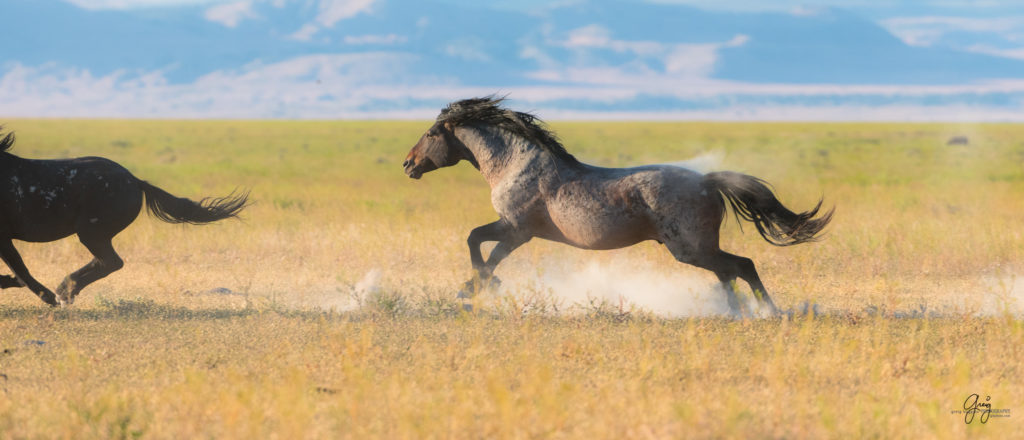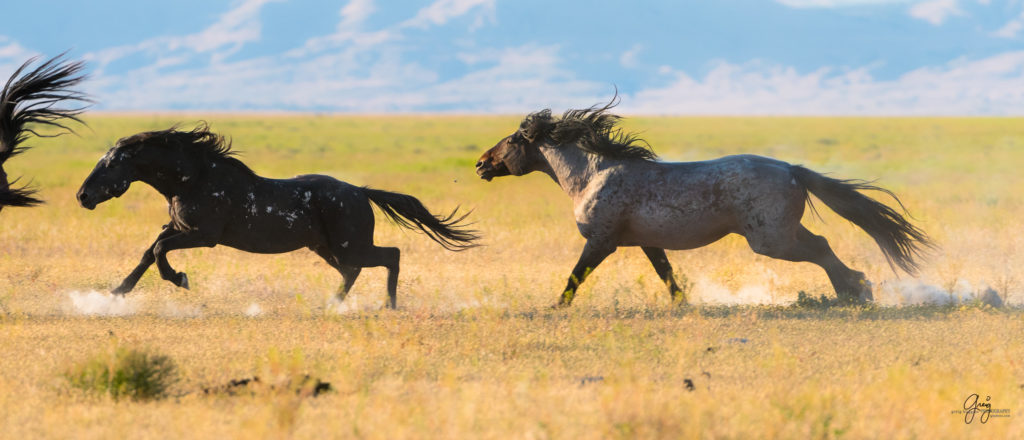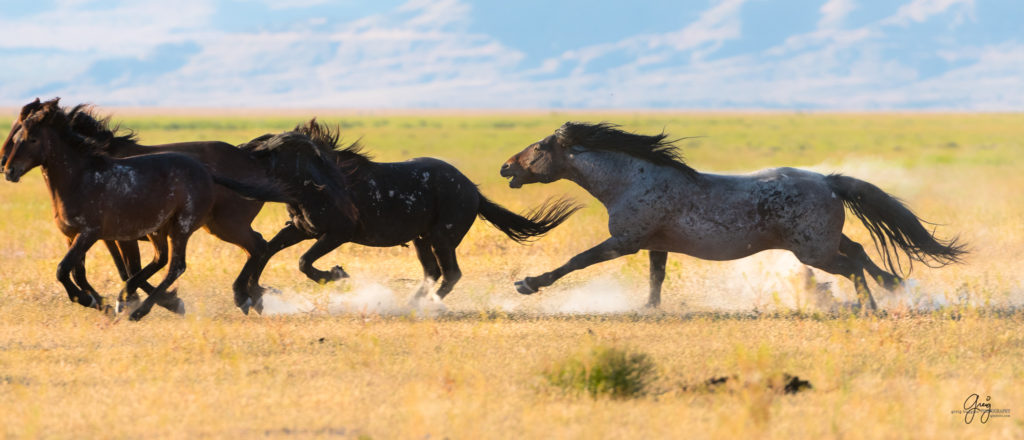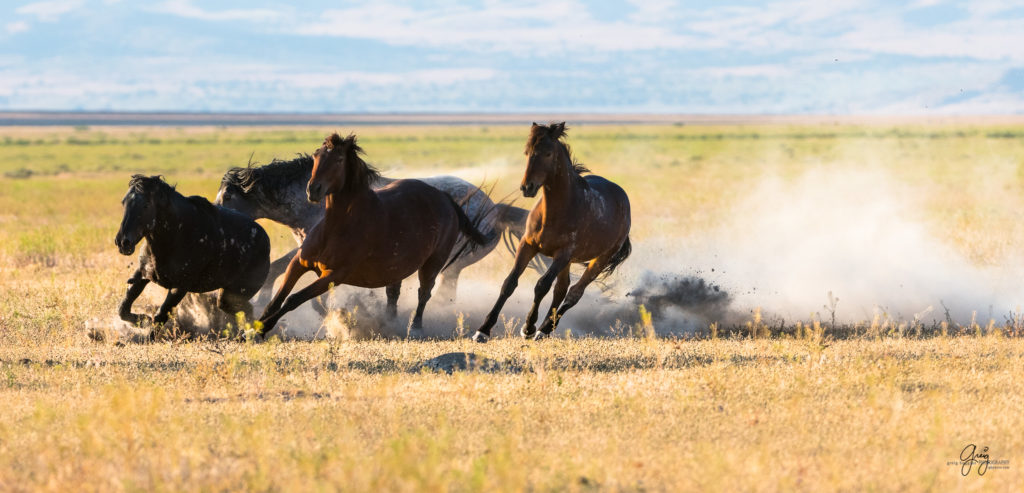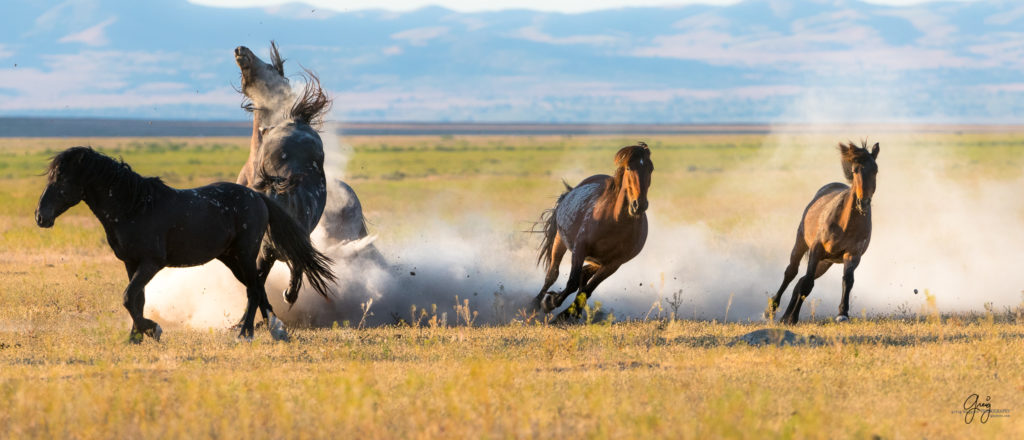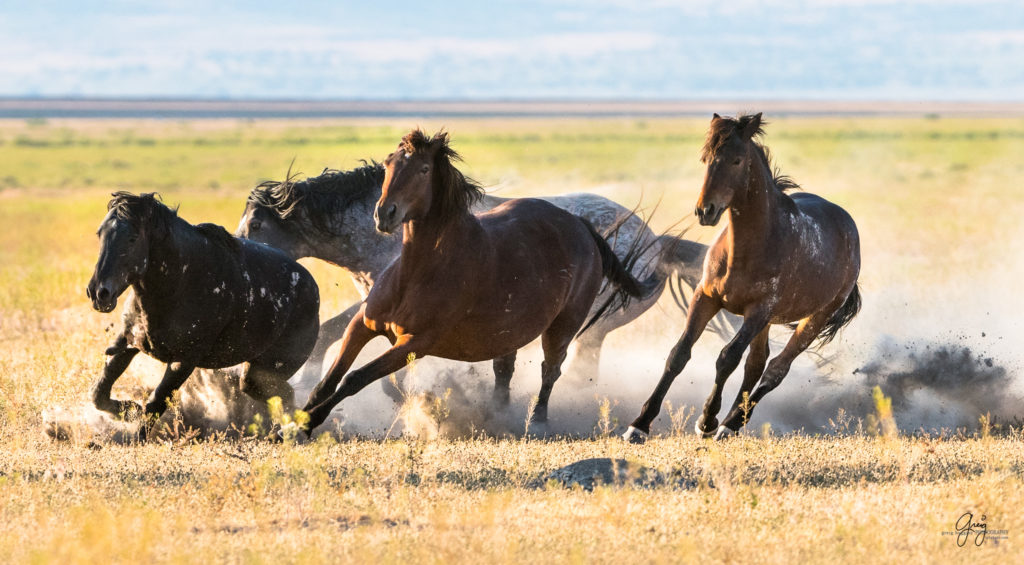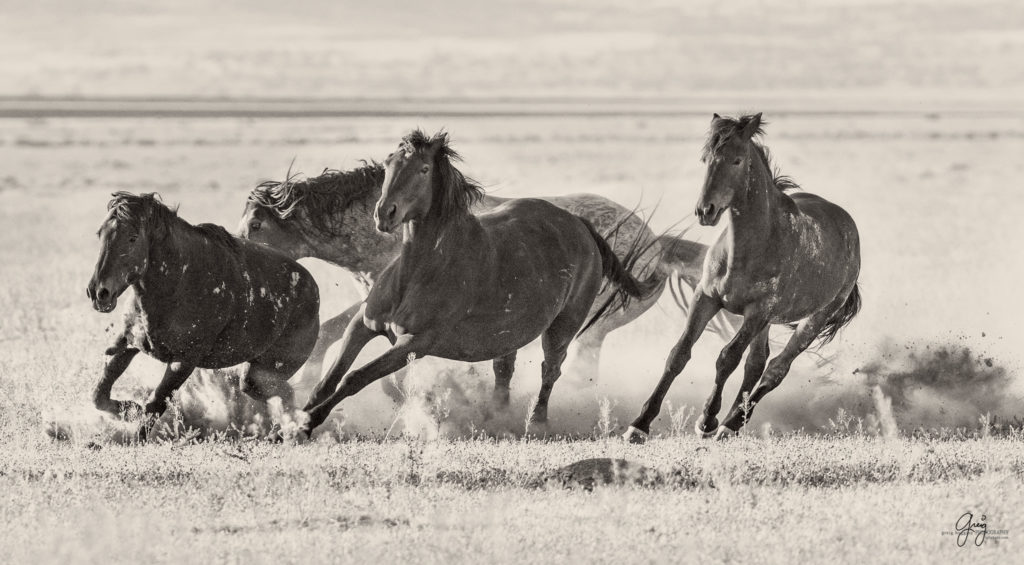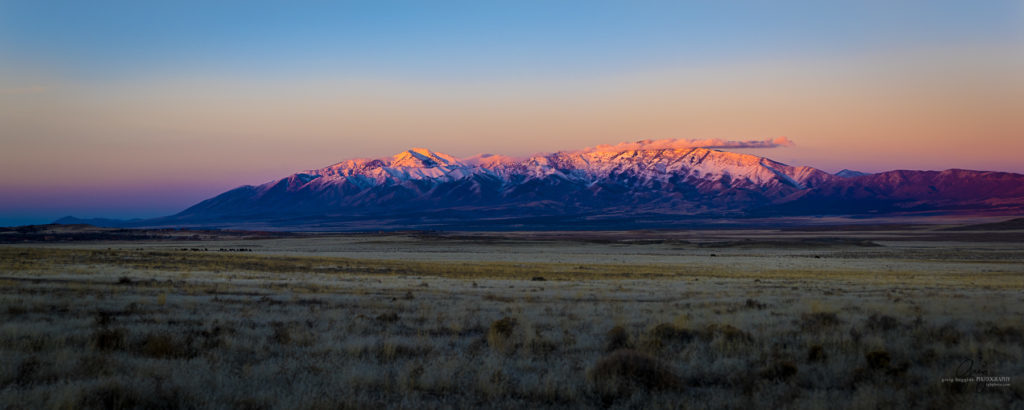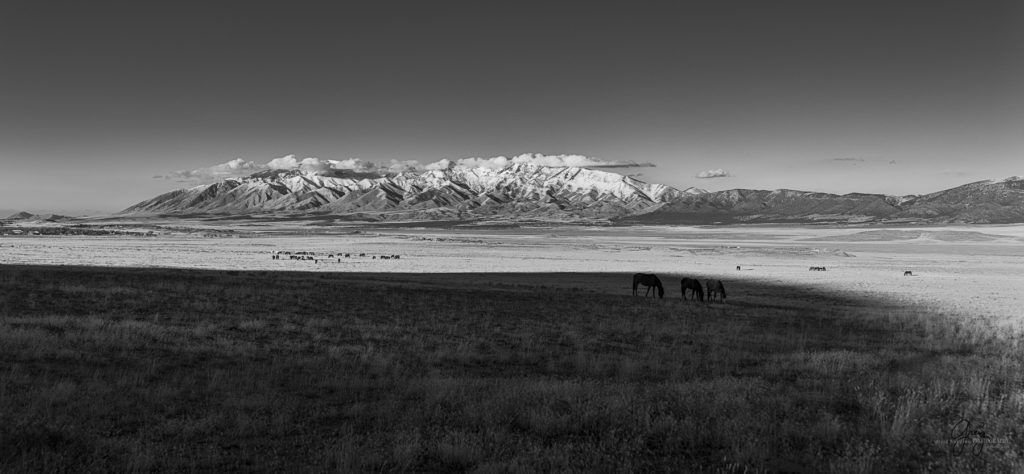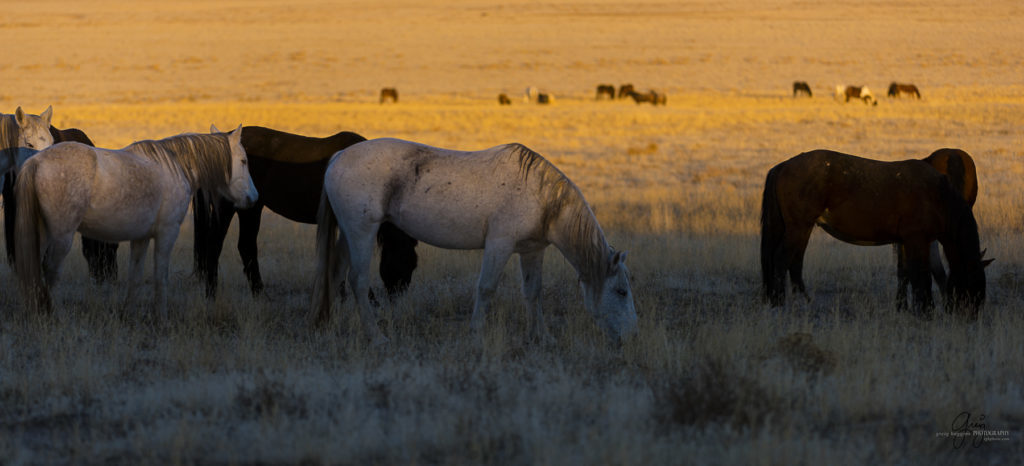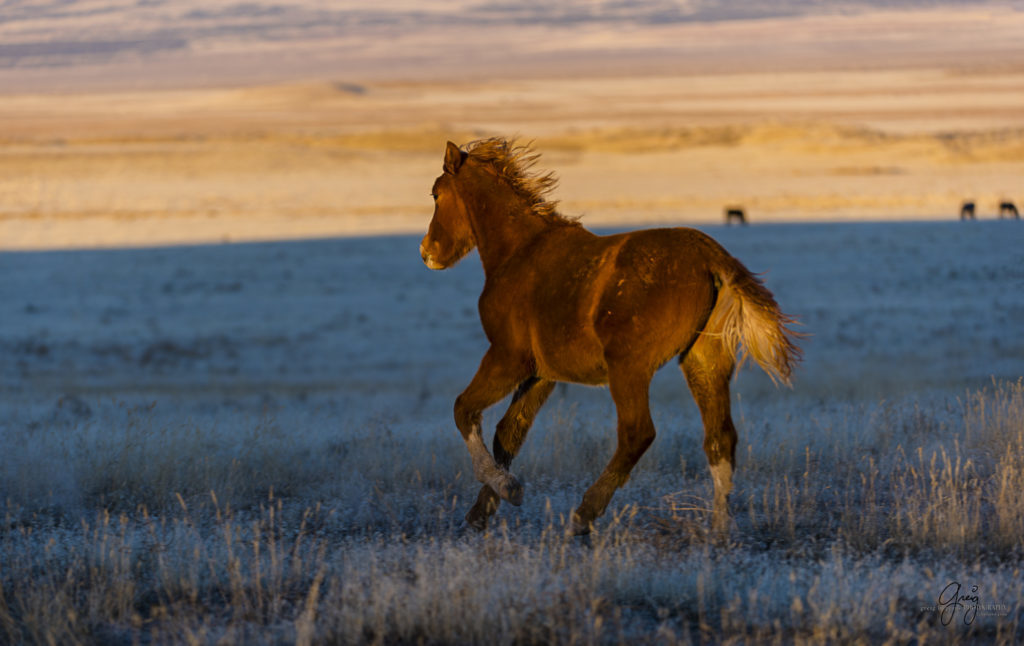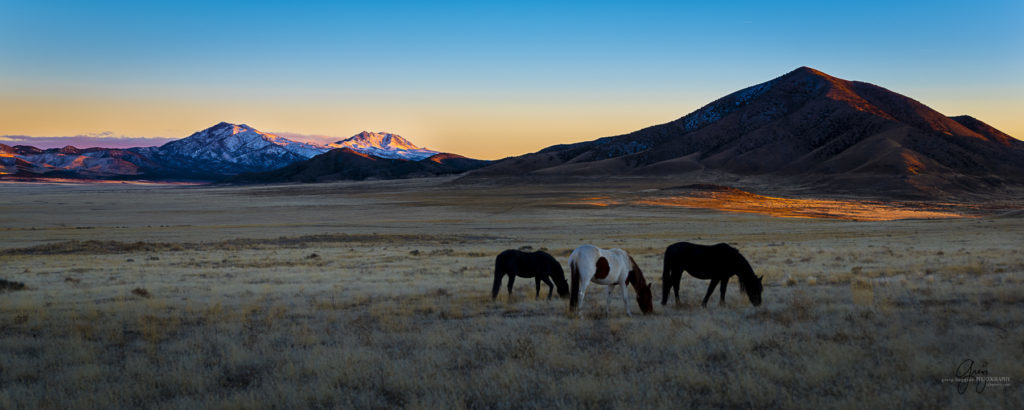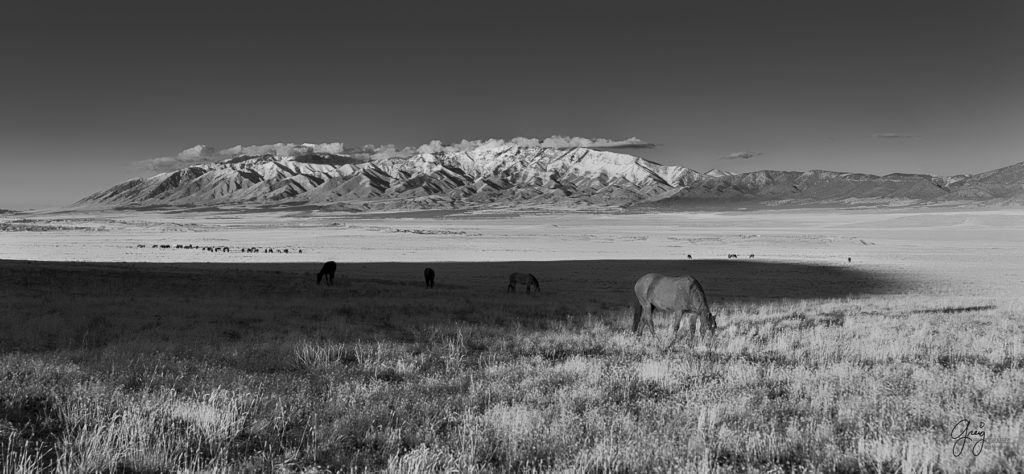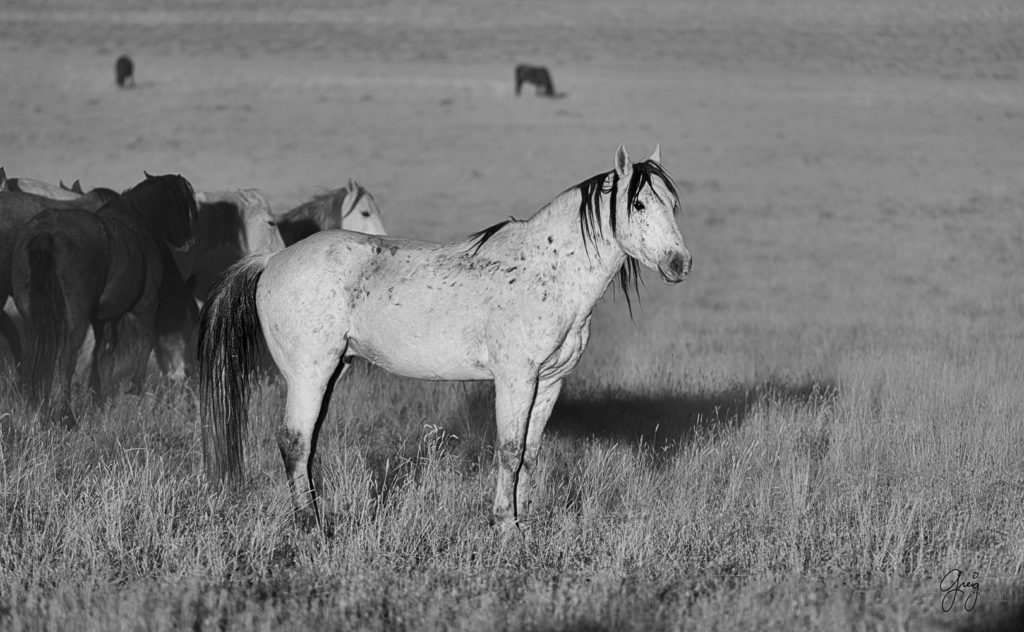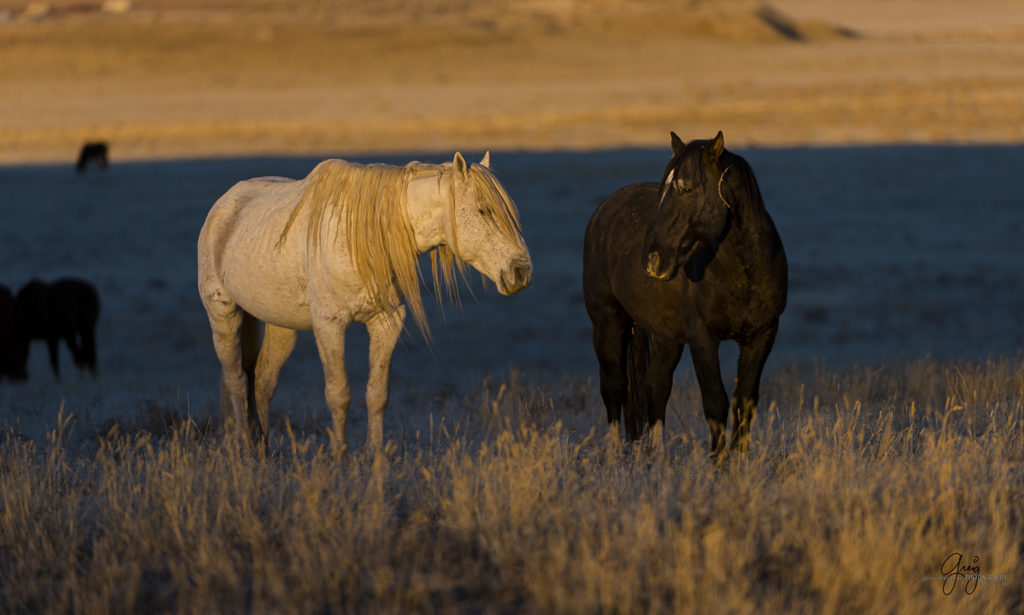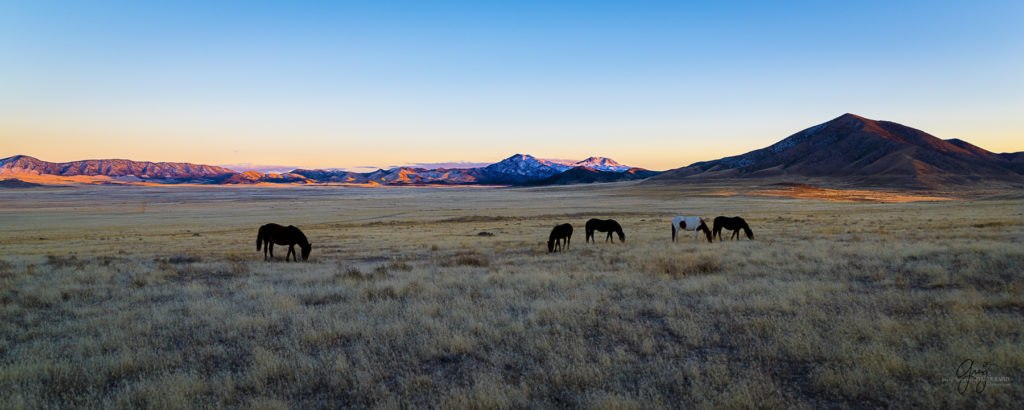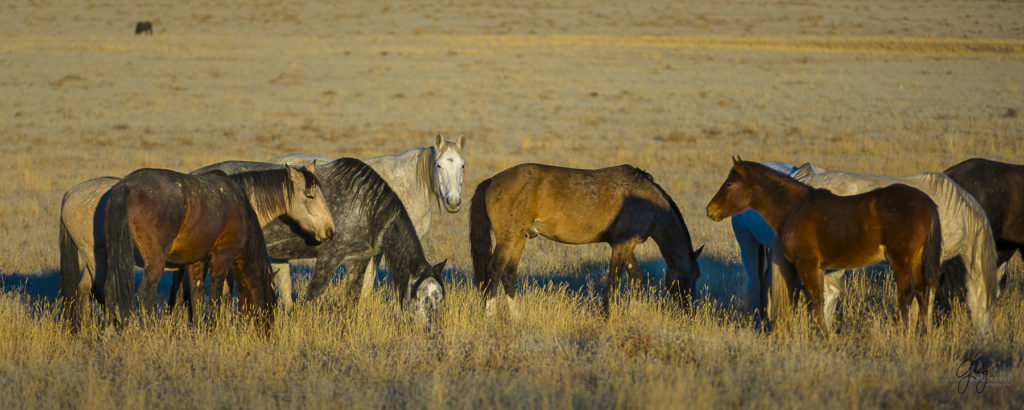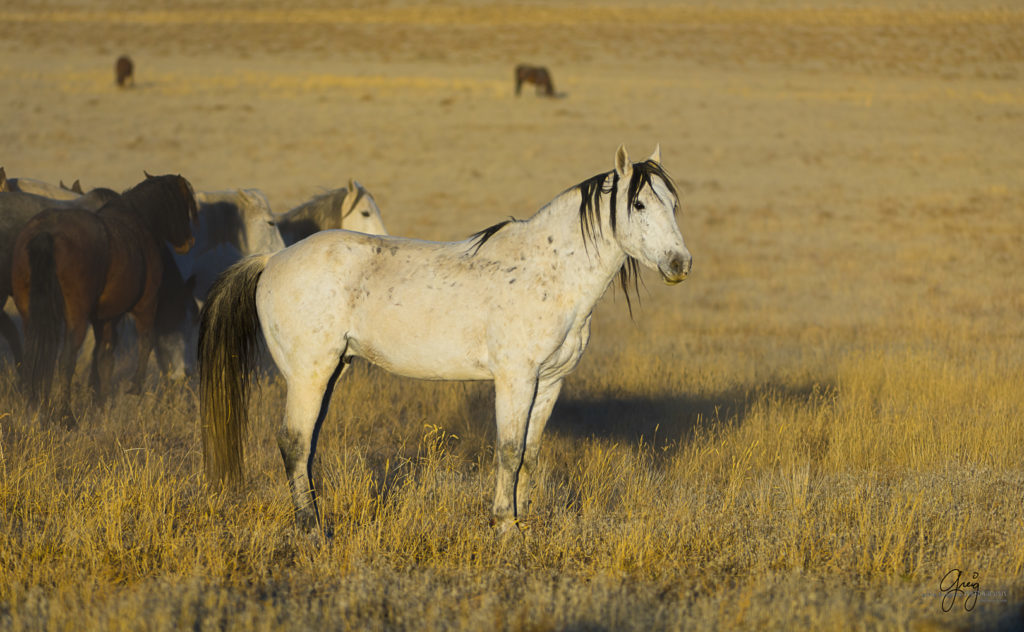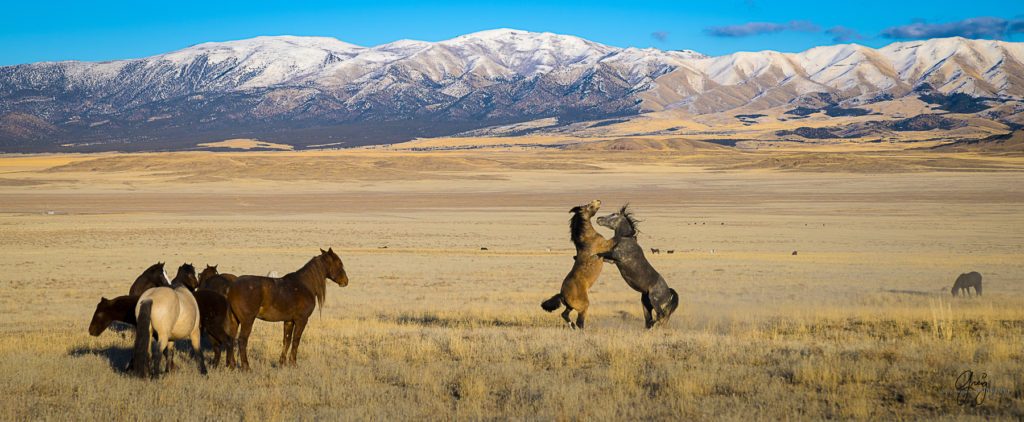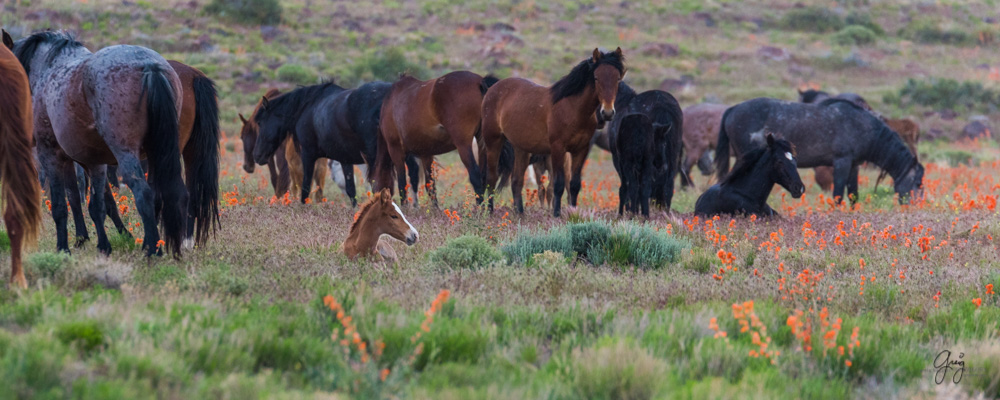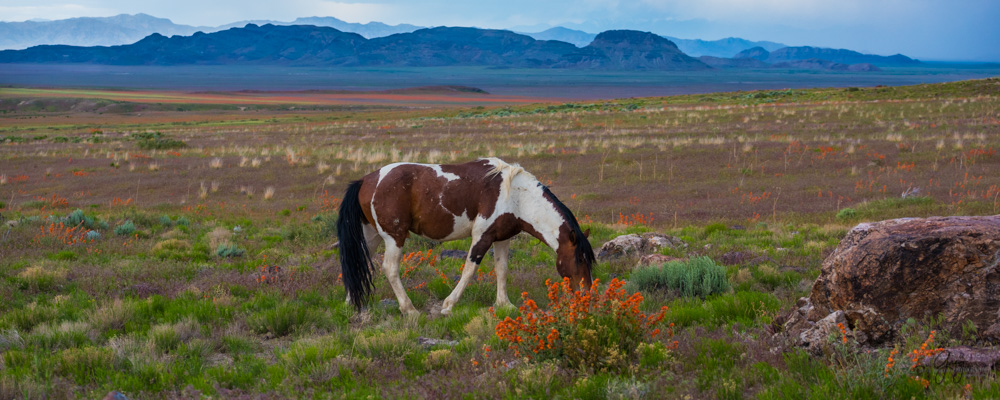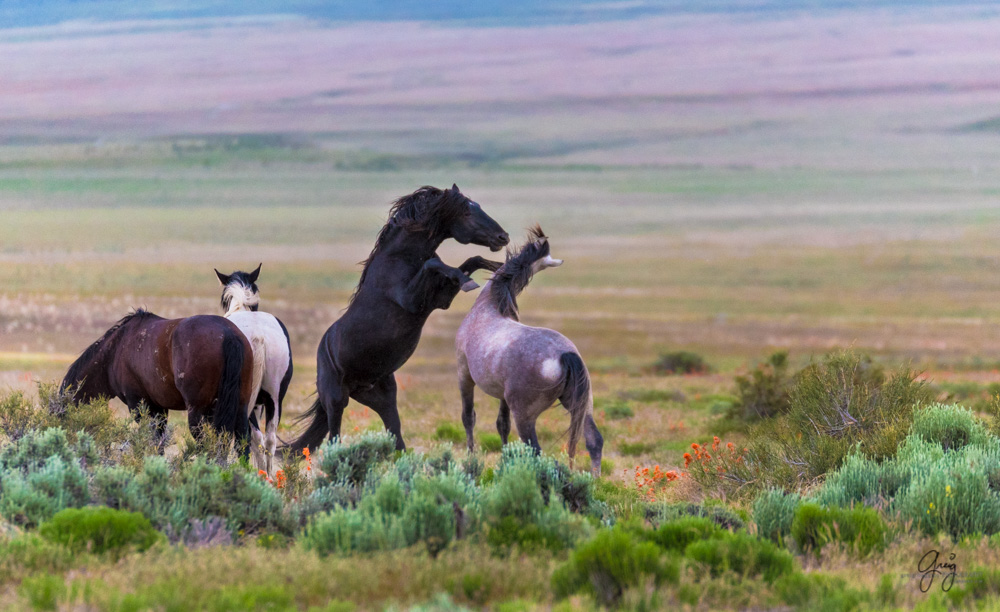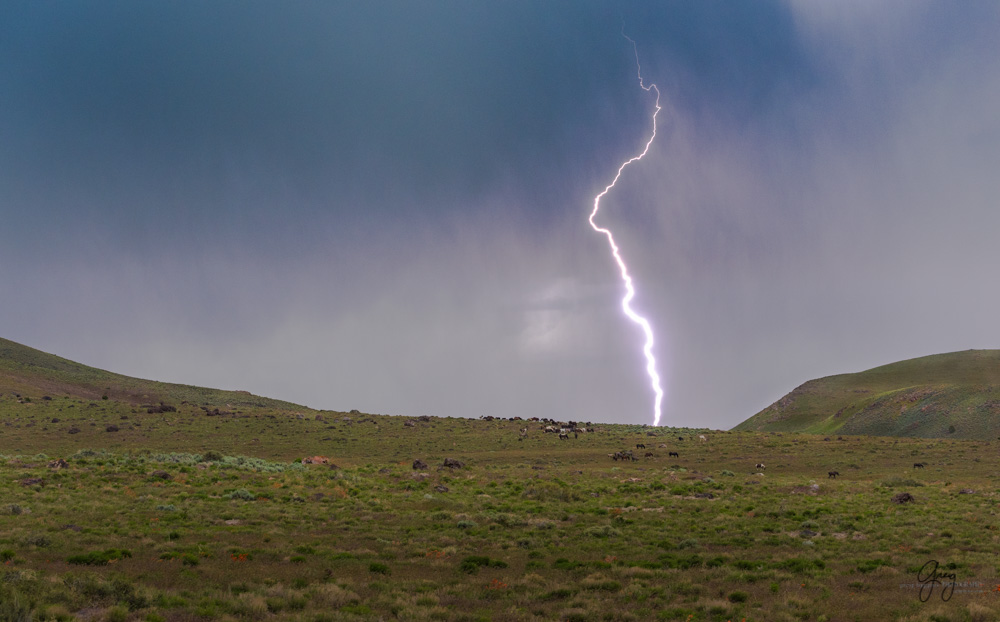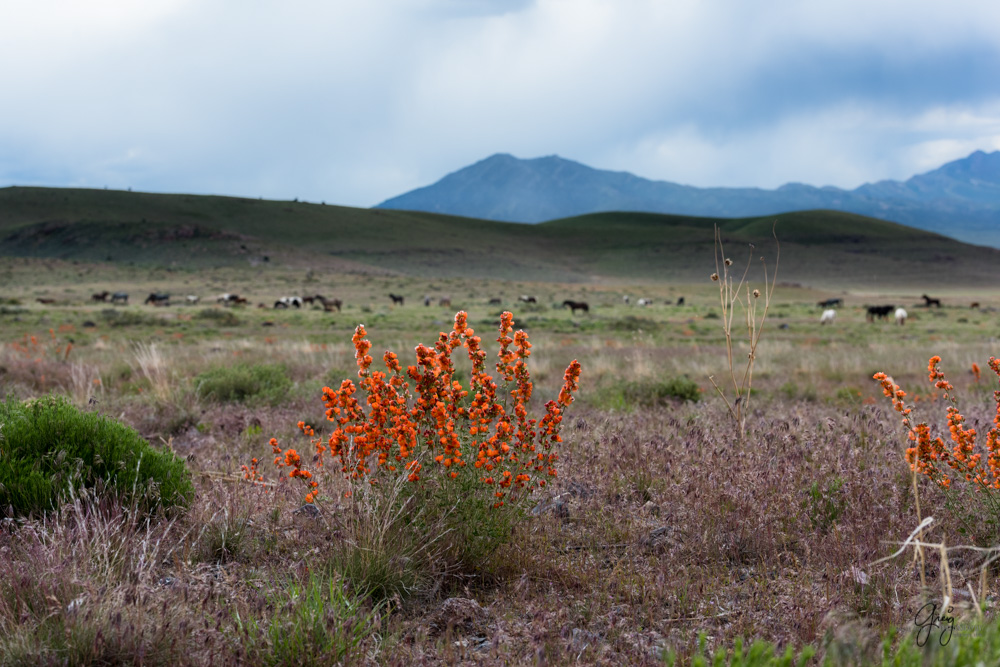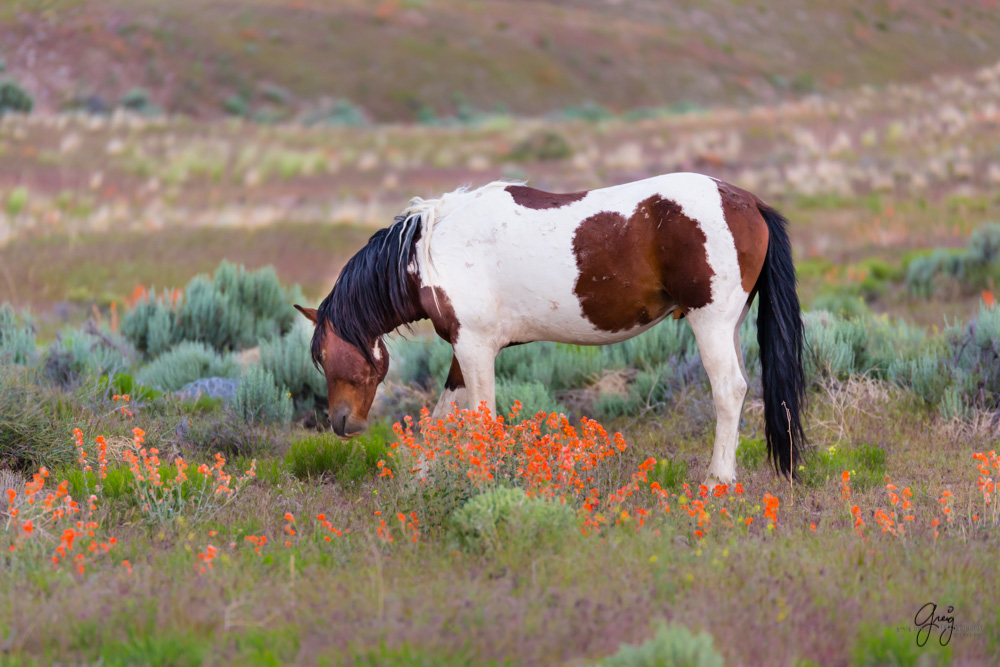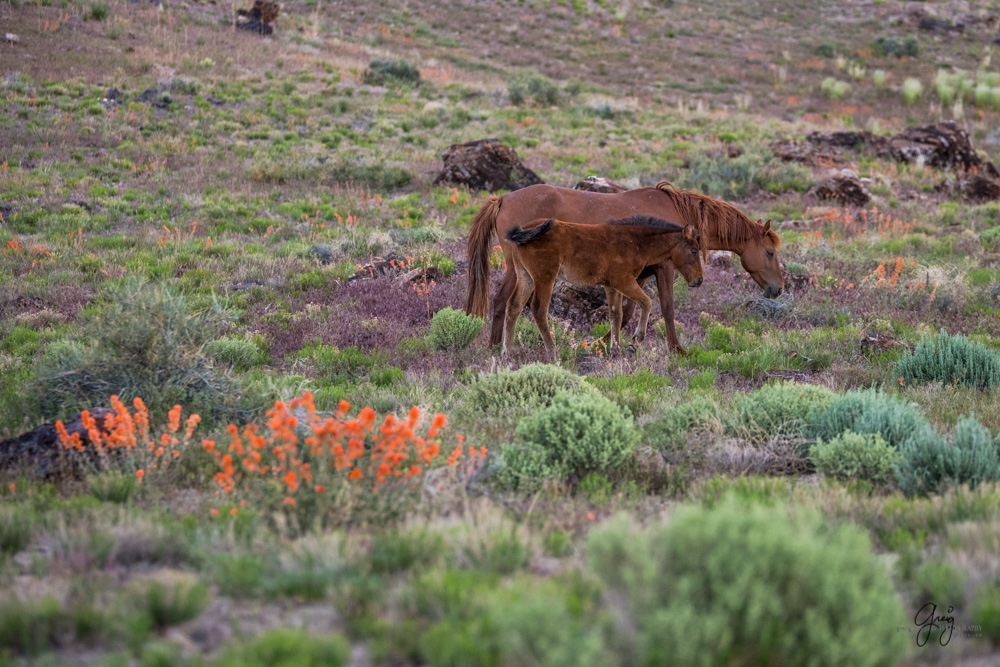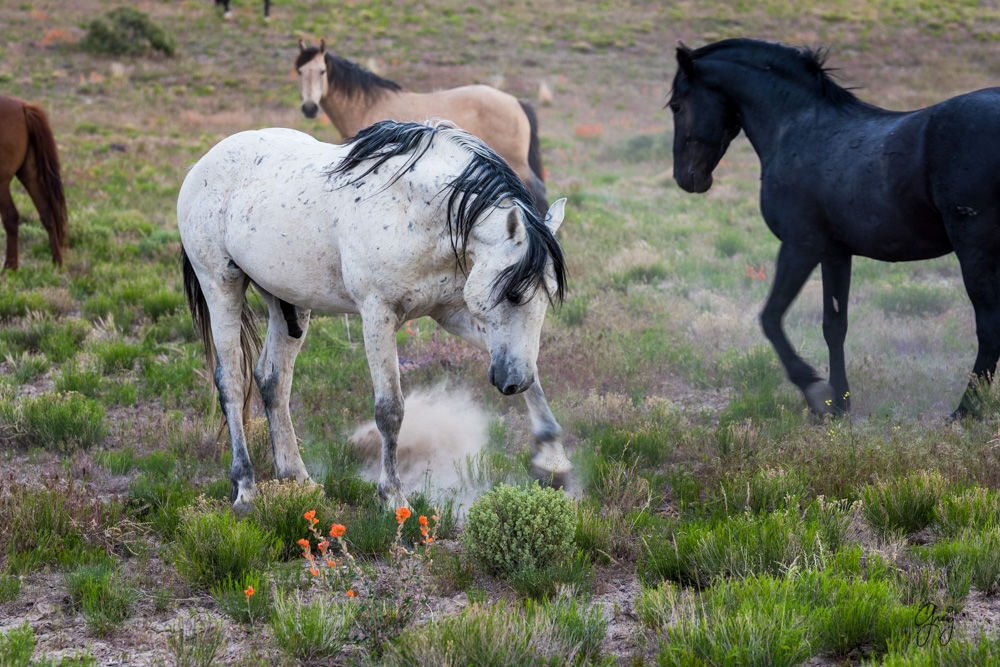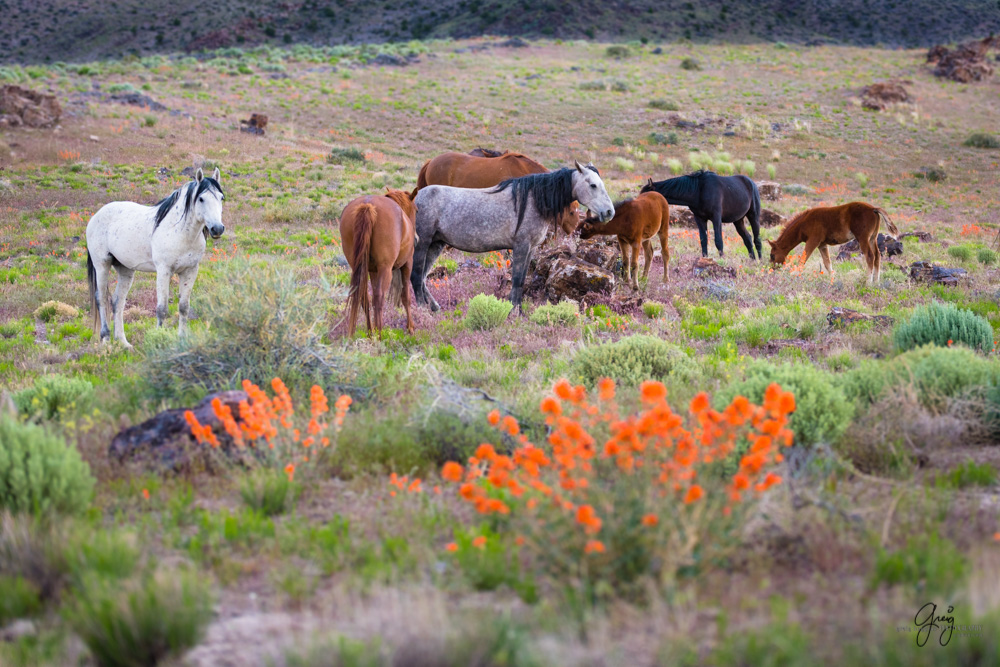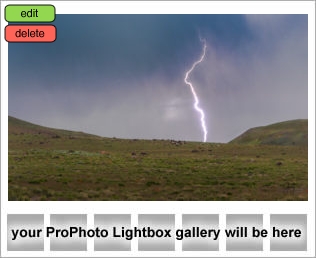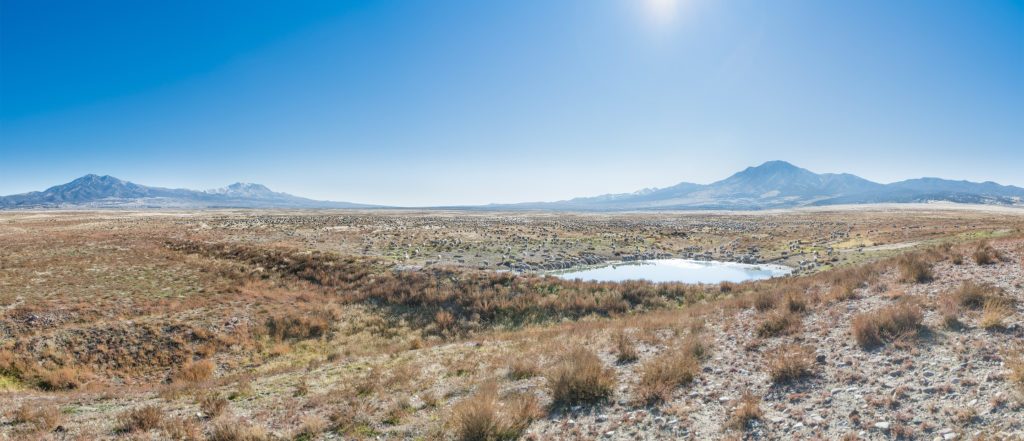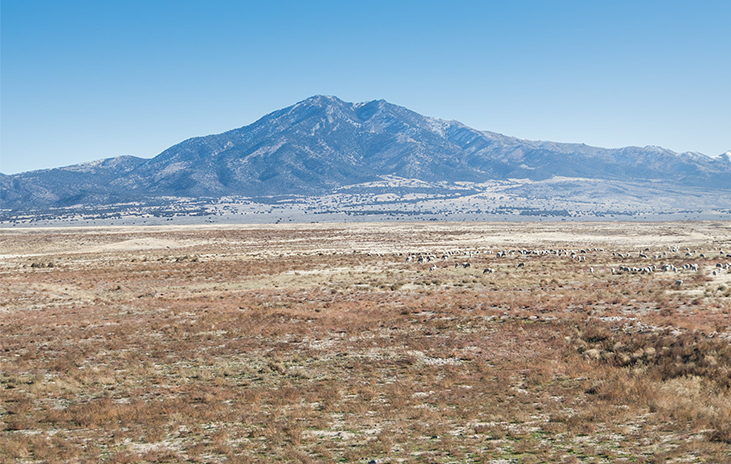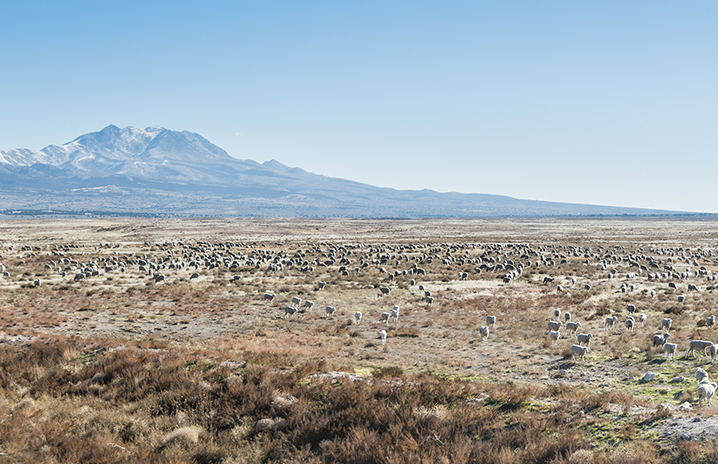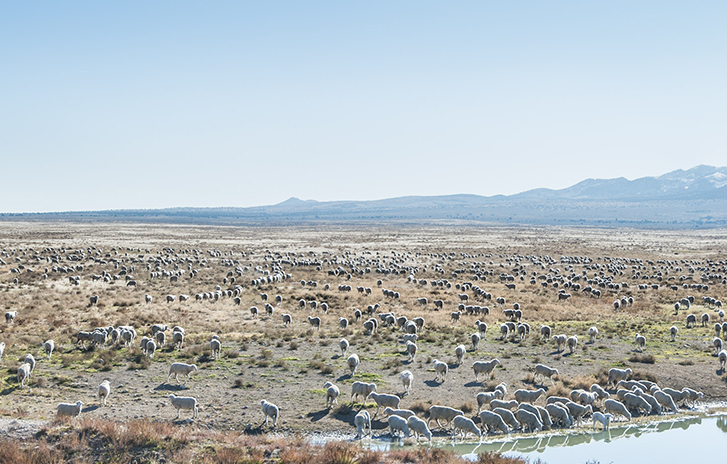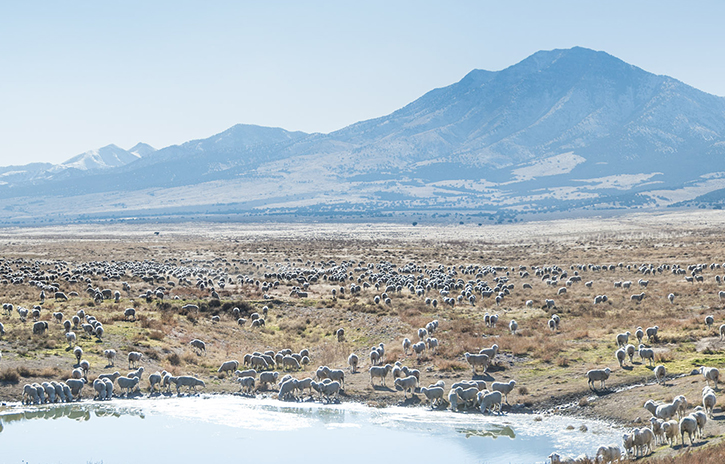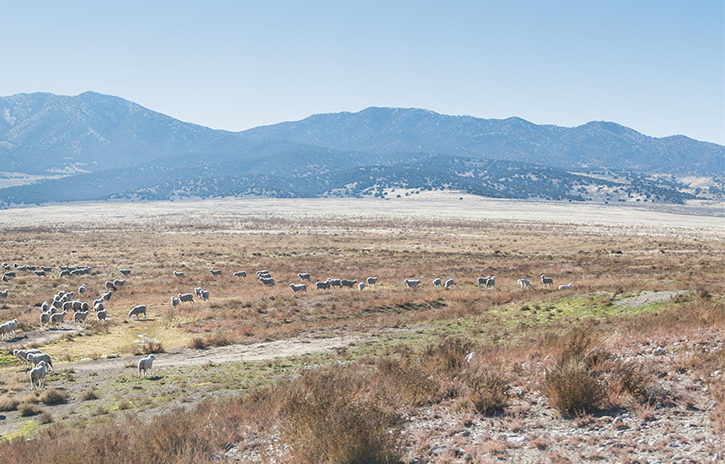Here are more color photography from our trip to the West Desert in late May. The herd looked great, a lot of new foals.
Tag Archives: onaqui wild horses
Wild Horse Photography – Fight
In this post of my wild horse photography you will see a series of photographs I shot a few weeks ago in Utah’s west desert. In this series a roan stallion spots a black stallion that is “courting” his mare. The chase is on. When the roan finally catches the black stallion he almost takes the black stallion to the ground. Then the black stallion gets his moment when he is able to pull off a solid kick to the throat of the roan. This herd of wild horses along the old Pony Express trail near Dugway, Utah is such a treasure. My biggest concern is how quickly they are growing in number. I don’t believe the BLM has had a roundup of this herd for several years. There must be near twenty new foals from this year! I hope they can find an alternative to rounding up many of the herd and carting them off to huge pens in the mid-west. I have seen the effects on those left behind and it is not a pretty thing. Stallions that lost their mares and family band are never the same. The BLM is certainly facing a difficult management task and I hope reasonable compromises can be found.
Sheep in Onaqui HMA – Wild Horses in Utah
This is a photograph I took of a herd of sheep in April 2017. The Onaqui herd of wild horses are frequently seen in this spot and in the hills just above the sheep. I still did not capture all of the sheep that were in this valley. Two huge white sheepdogs were at my car door and I was unable to get out of the car to photograph all of the sheep. By comparison, I would guess the total number of horses in the Onaqui Herd Management Area (HMA) is less than 180 right now.
If you click on the photograph it will take you to a larger panoramic video to get a better appreciation of how many sheep are in the photograph.
Onaqui Herd – Wild Horses – December
Every time to get out to photograph this herd of wild horses I am inspired by them. I wish I had the time to photograph these magnificent creatures every day.
On this trip it was as cold as I have seen it in Utah’s West Desert. It was 13 degrees just after sunset. The lighting was amazing! We were lucky enough to spot the herd (it was HUGE) many miles from the main road. The lighting was good when we got there but became better and better the later it got. Another amazing opportunity to spend time with them….
Colorful Utah Desert – Onaqui Herd – Wild Horses of Utah
Here are some photographs I took this spring when the Utah Desert was as colorful as I have ever seen it. The Onaqui herd seemed to be in great shape, with foals just starting to be born. To see the desert now, you would never believe it was this colorful. The plant that is such a brilliant orange is called Globe Mallow or desert mallow. It is native to Utah.
Sheep At Watering Hole – Onaqui HMA – BLM Controversy
I have been photographing the Onaqui herd of wild horses for 7 years now. There is a lot of debate about this herd and others in Utah, Nevada, and elsewhere. The debate centers around the idea the herds are growing too big and eating up all of the feed and water. This rhetoric comes from those that use the same land to graze their sheep and cattle.
Here is a photograph I took last year. This is taken at a small watering hole that is used regularly by the Onaqui herd of approximately 100 horses. Now, ask yourself, are the horses the problem or the sheep/cattle? Pretty powerful photograph. I wish you could see it in full resolution. There are sheep EVERYWHERE! By clicking on the first image you will be looking at a panoramic of pasted images of the scene at the watering hole. The other images are five magnifications of this image, showing you exactly how many sheep were watering at this hole on this day. I am in favor of limiting the number of horses in this herd. I am not in favor of roundups. I have seen the effects of roundups on the social structure of the herd. The BLM is faced with a huge problem. I hope we can find a workable solution for the benefit of the herd and future generations.
